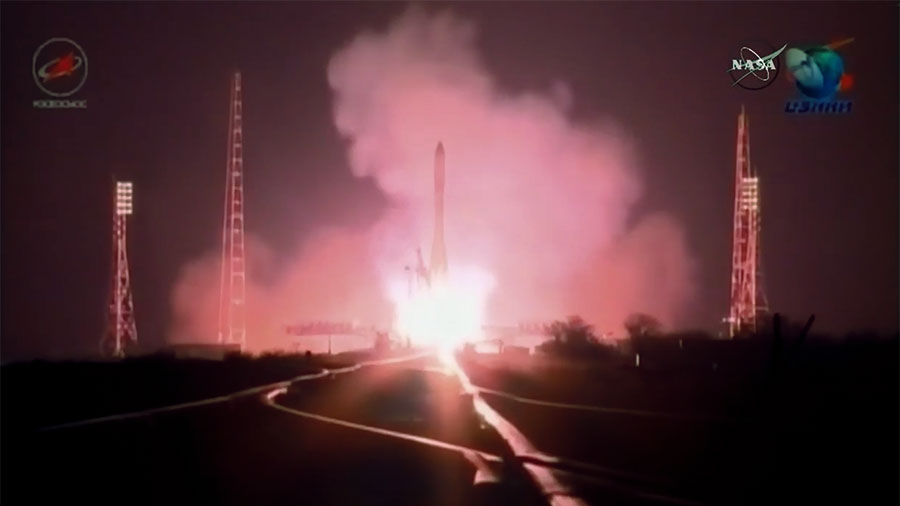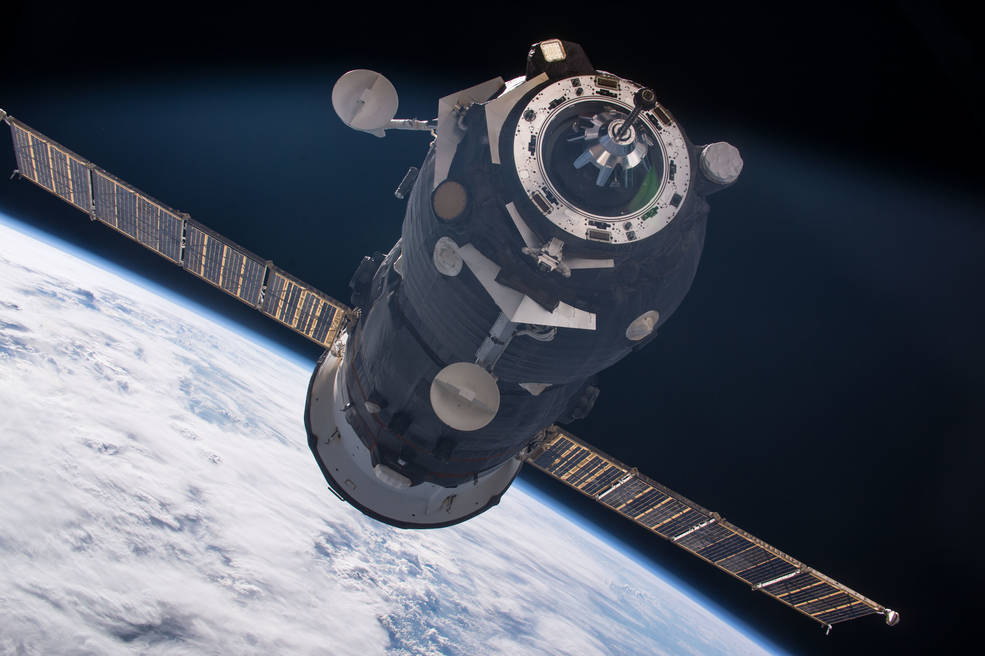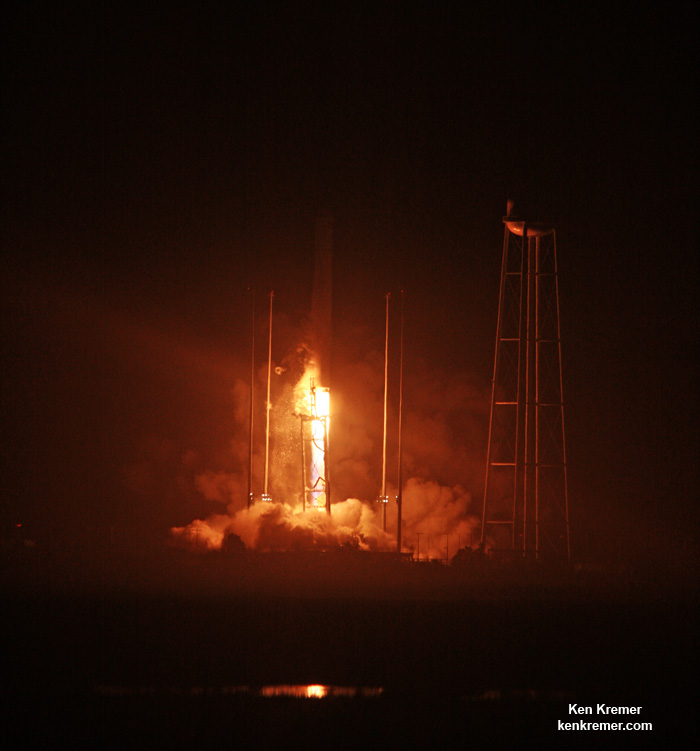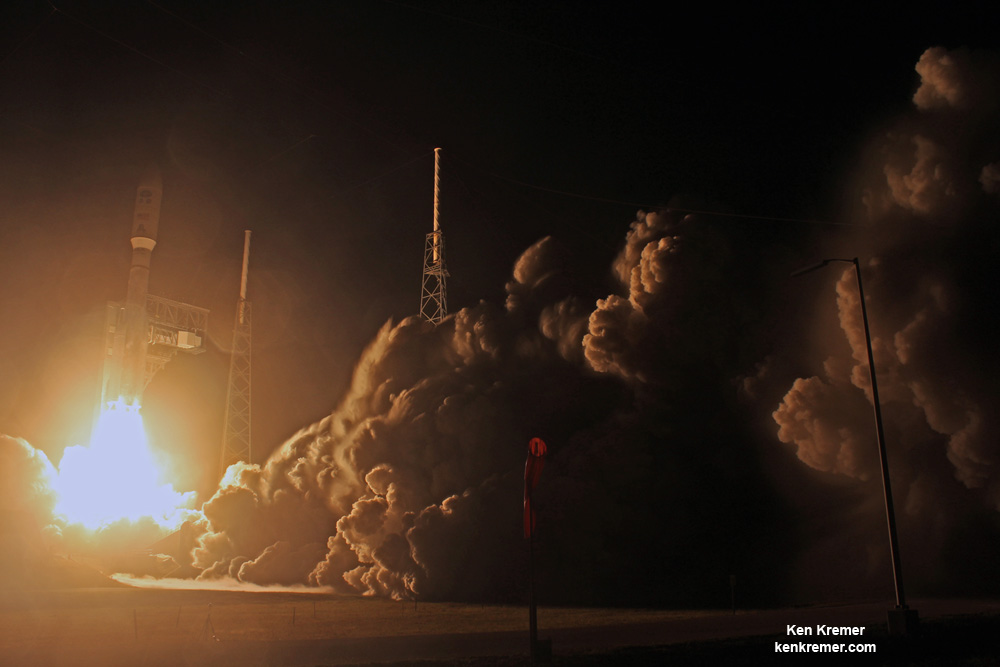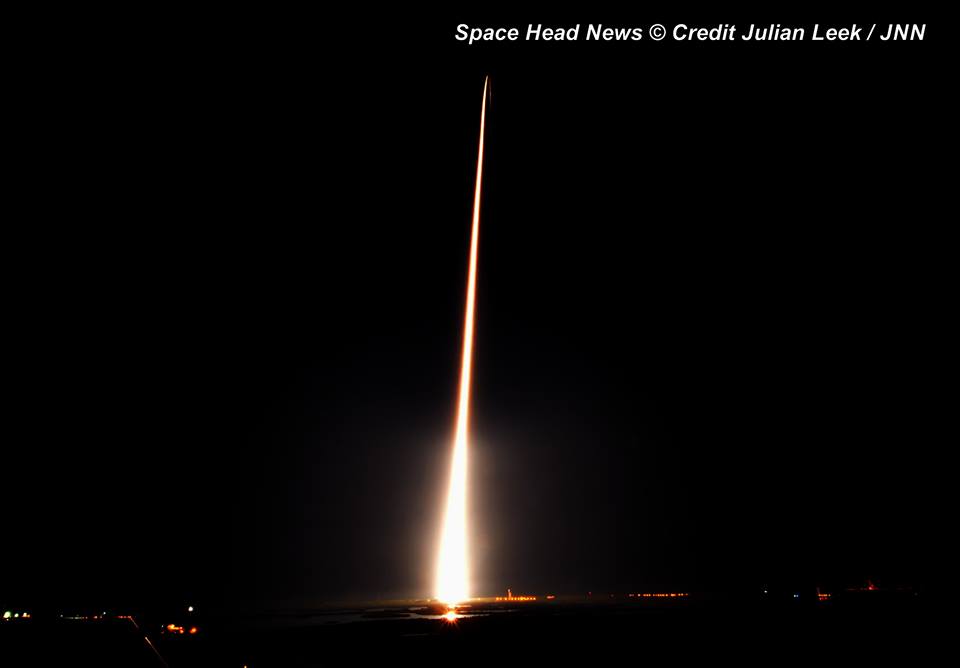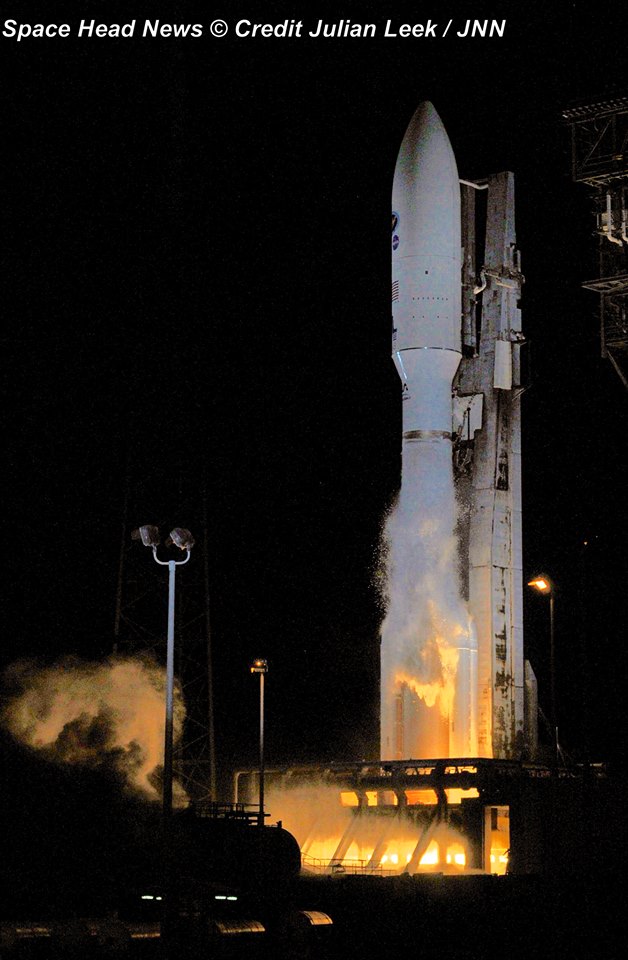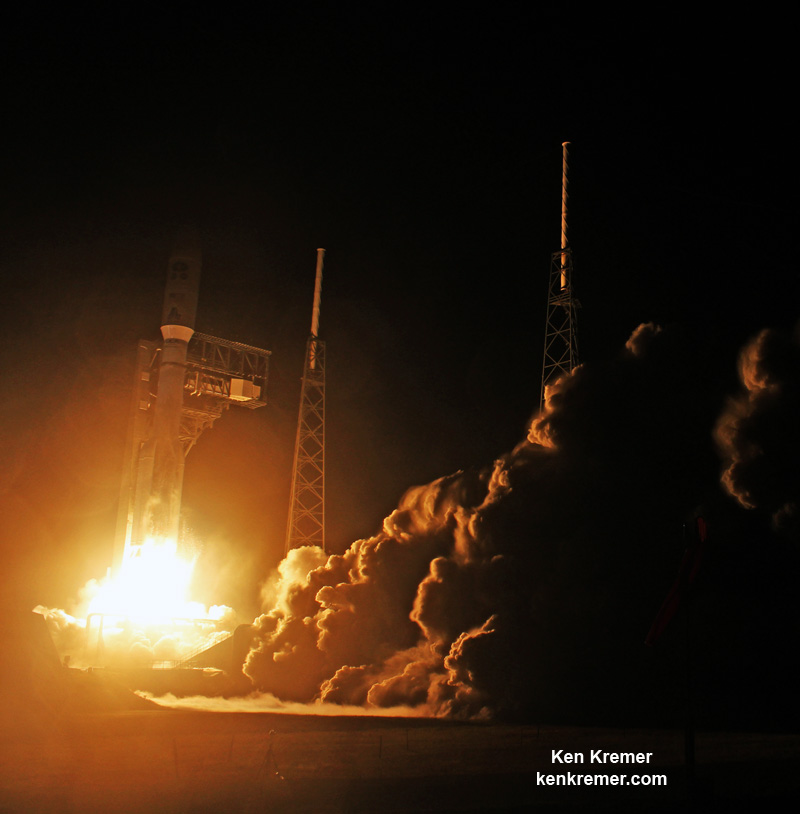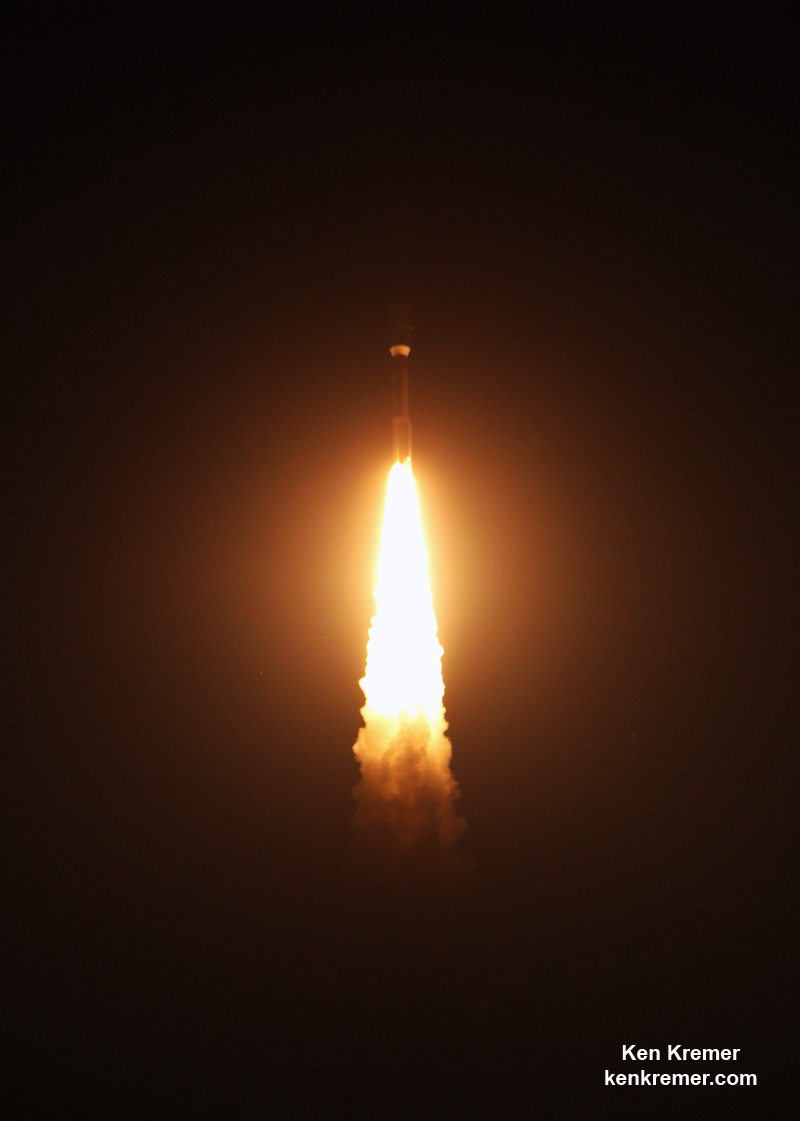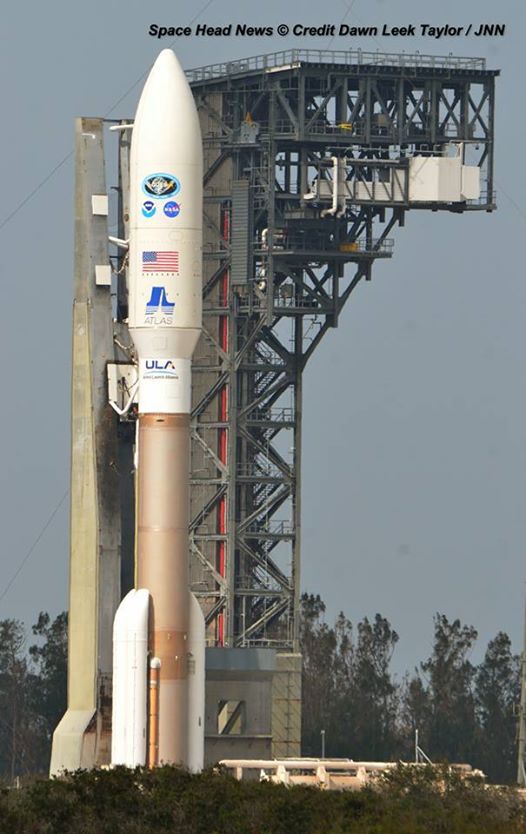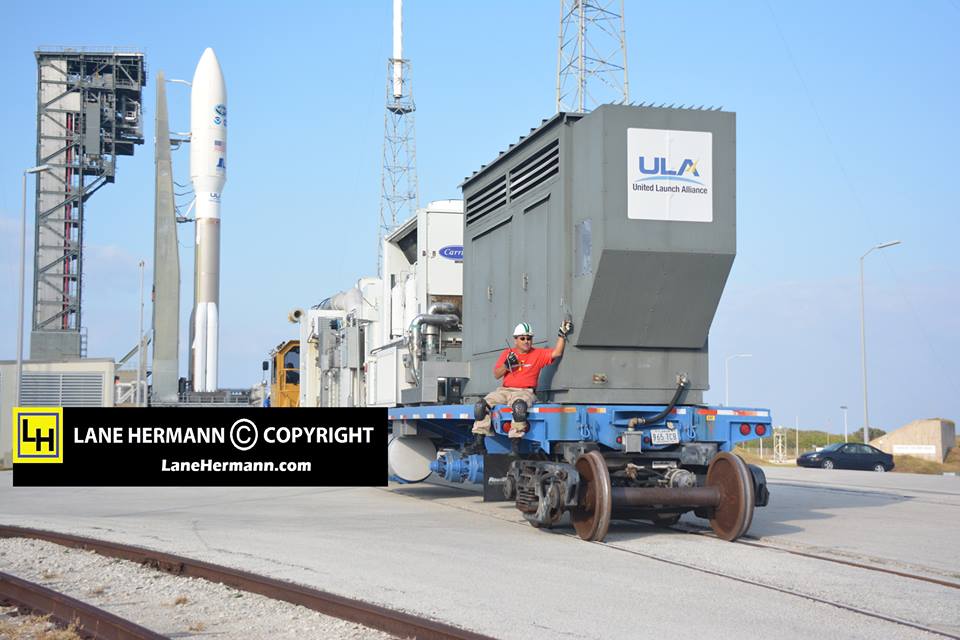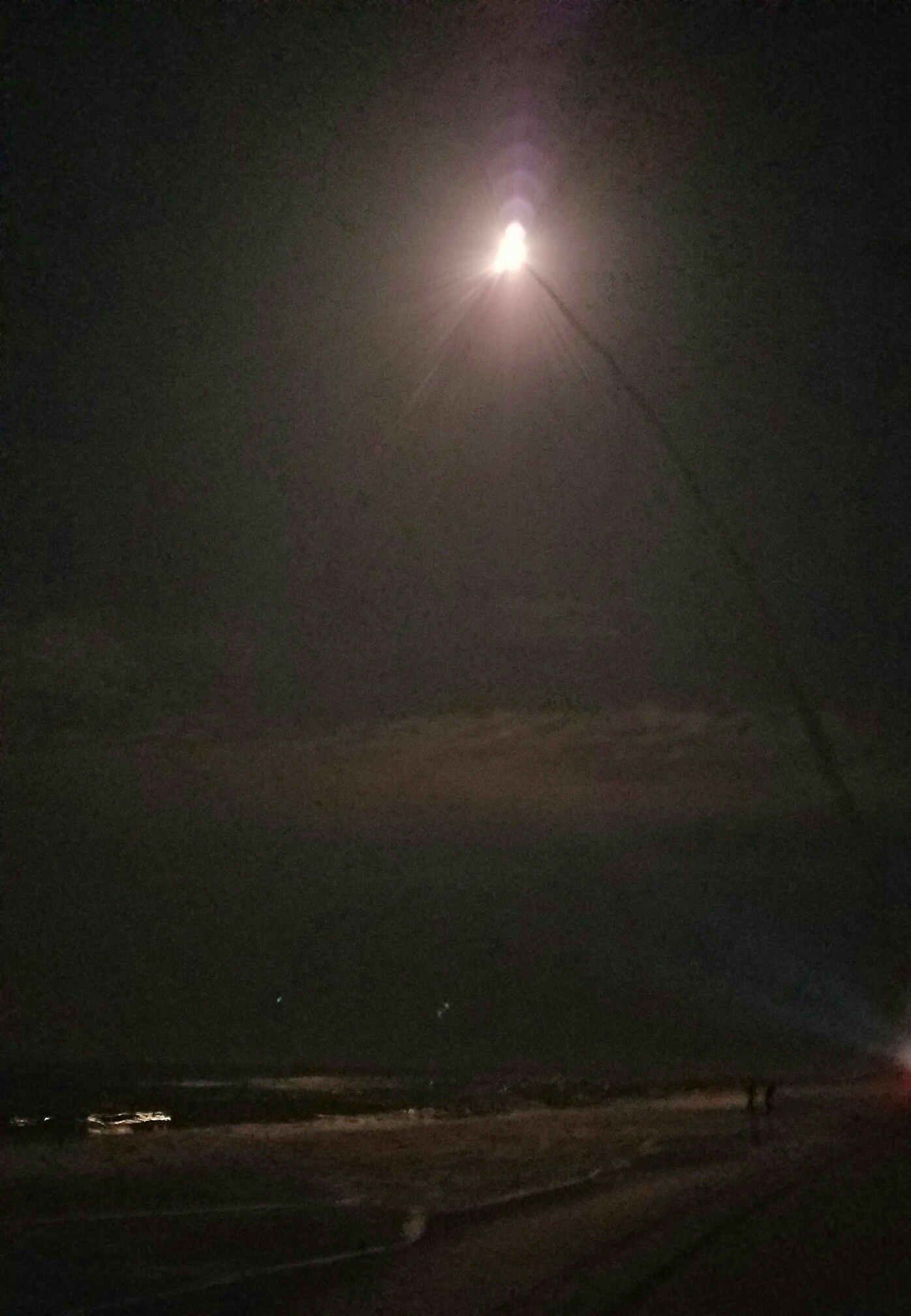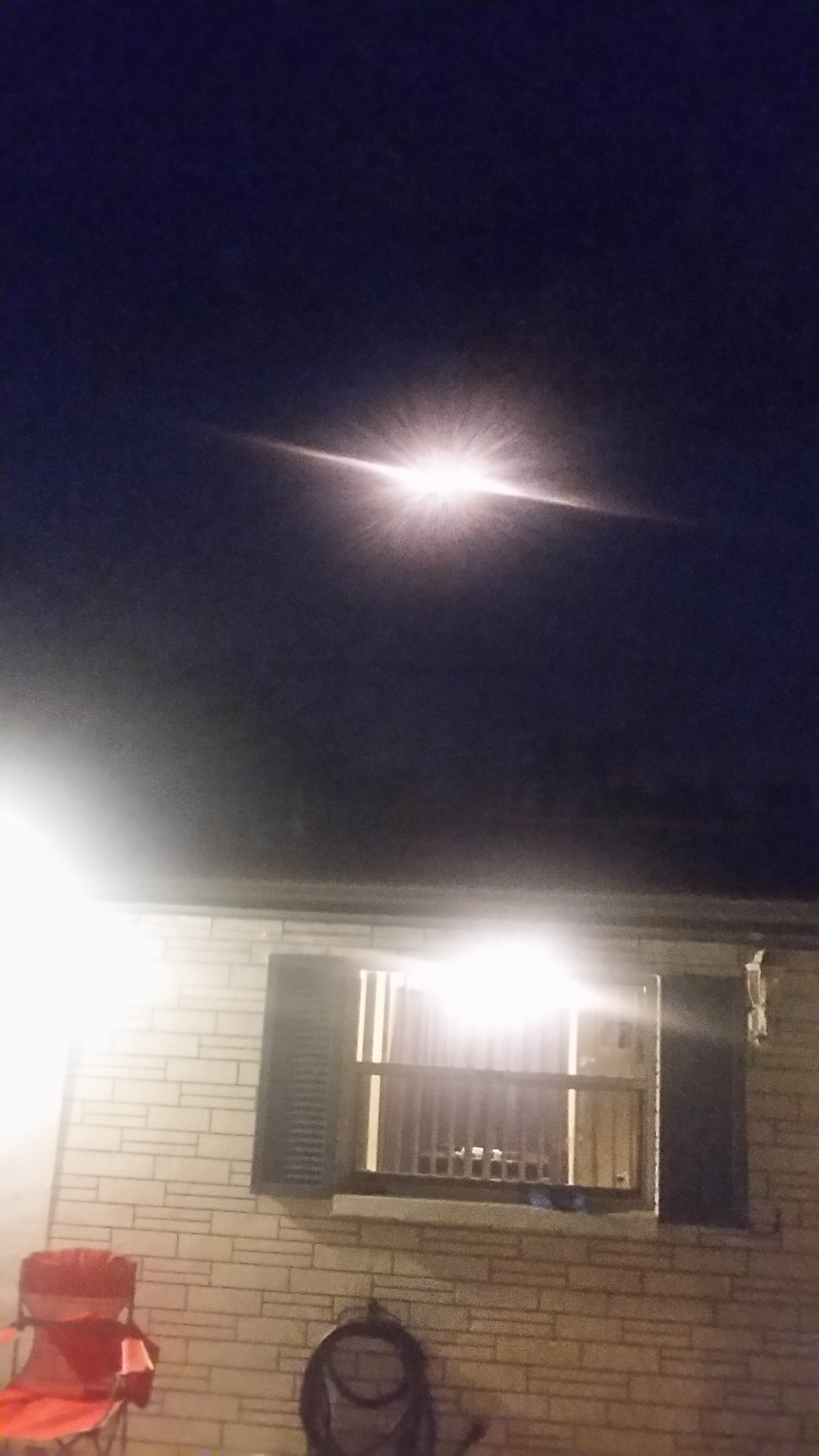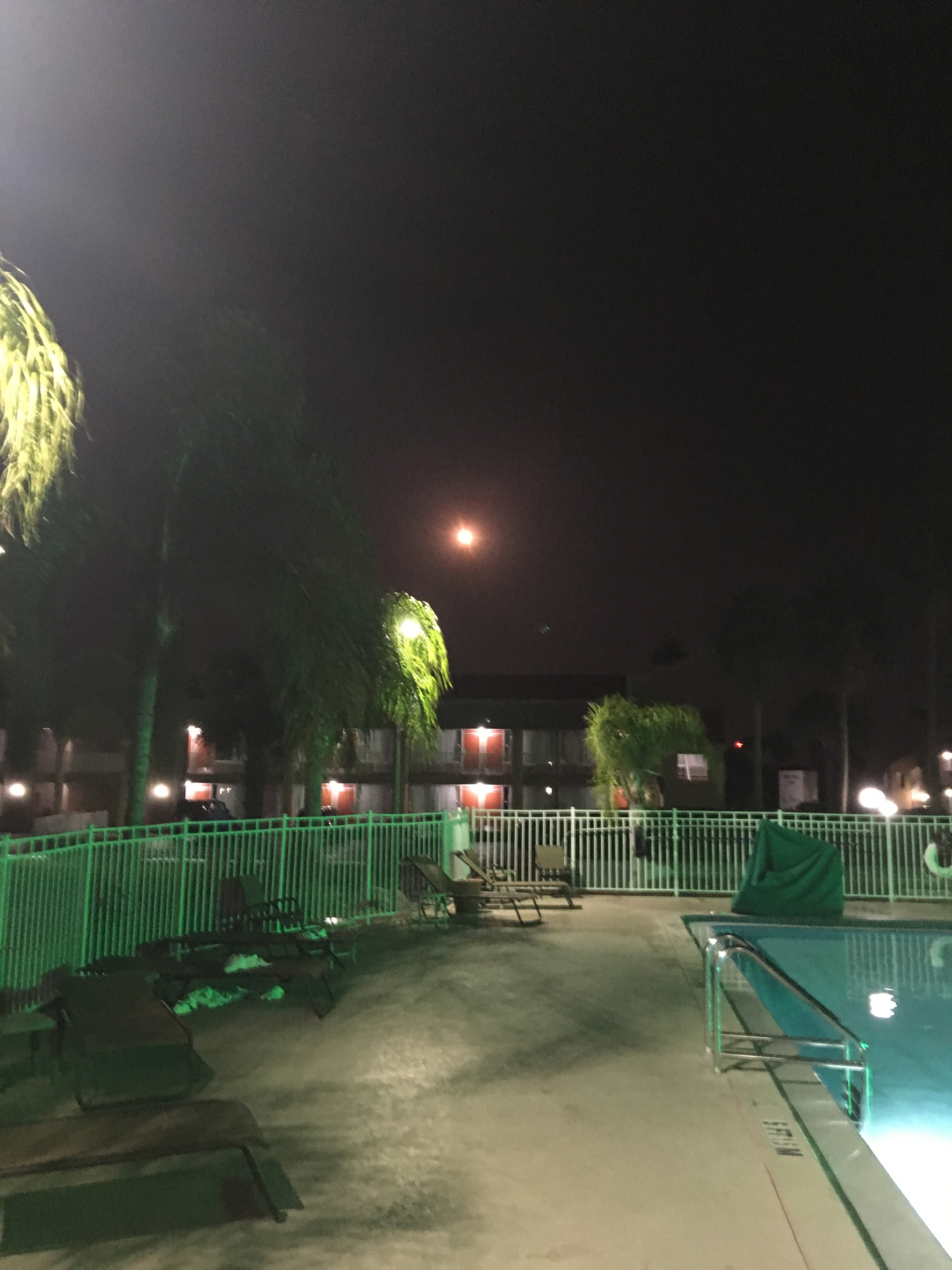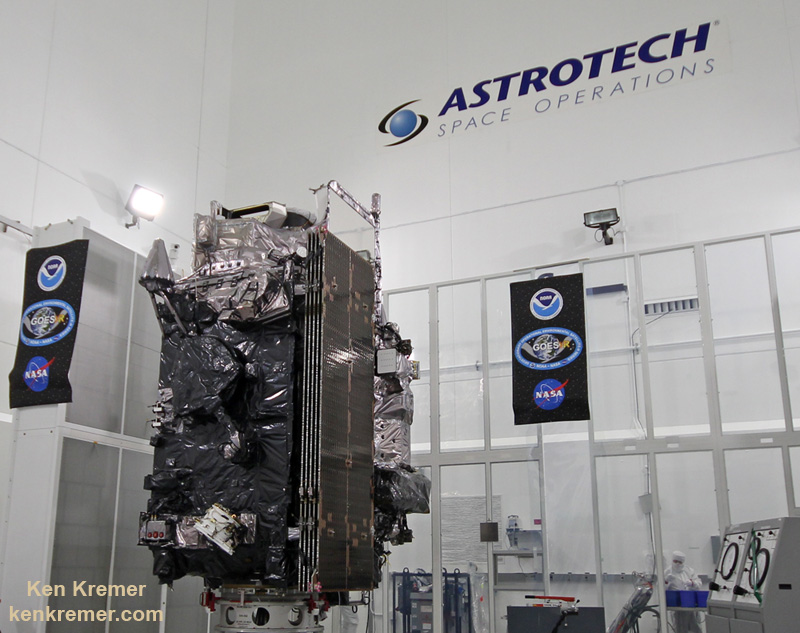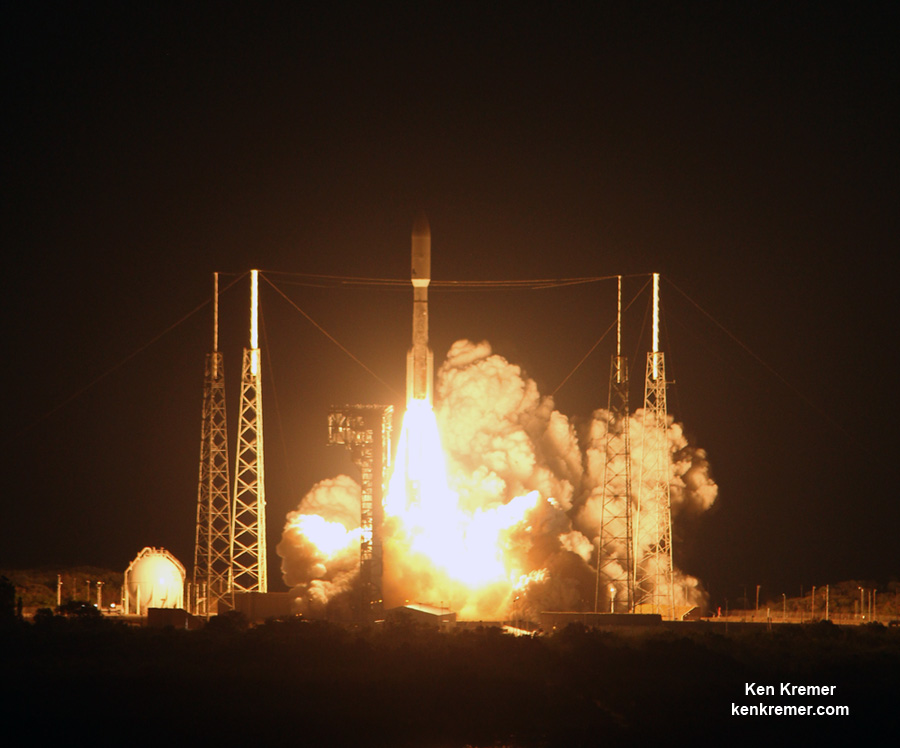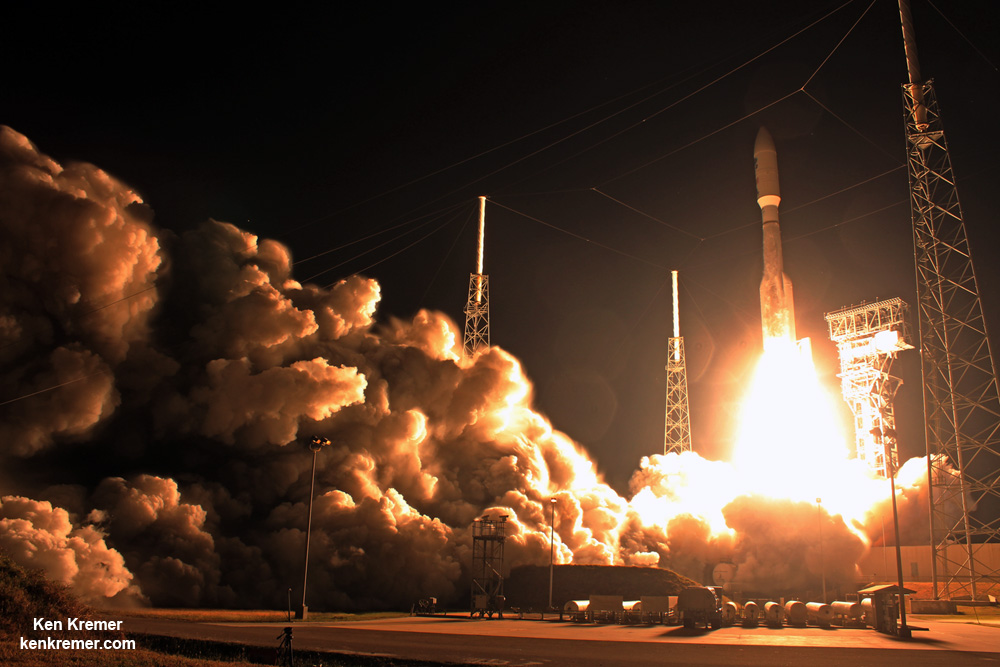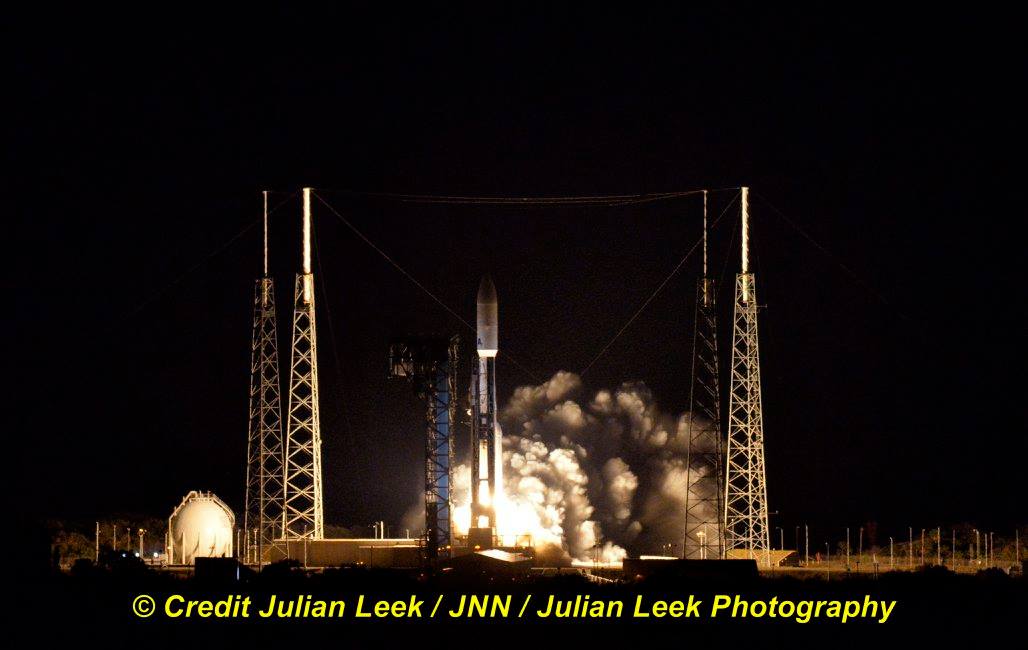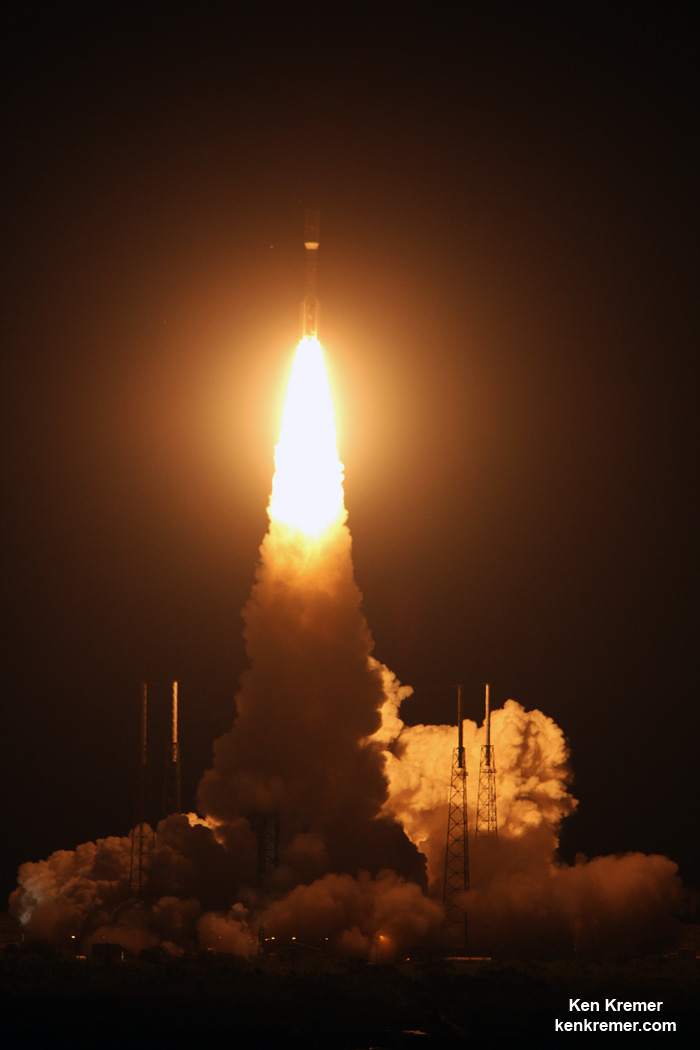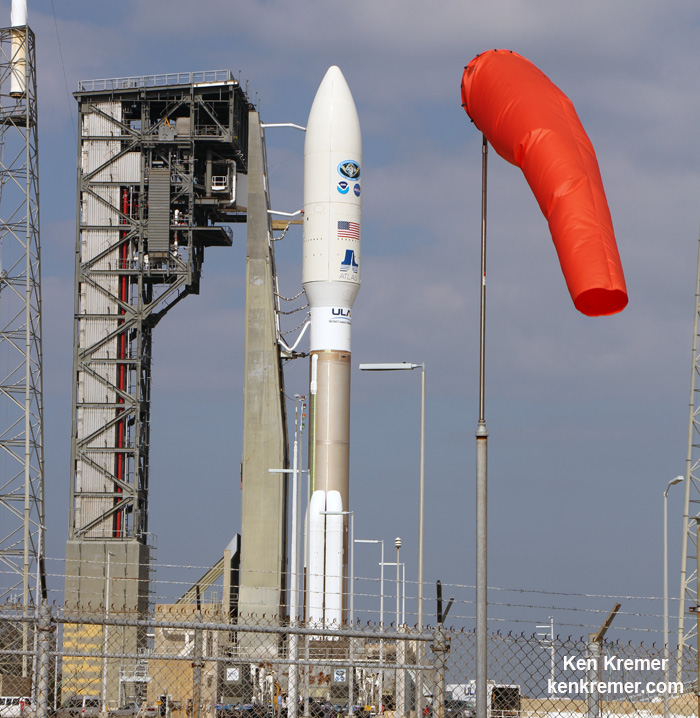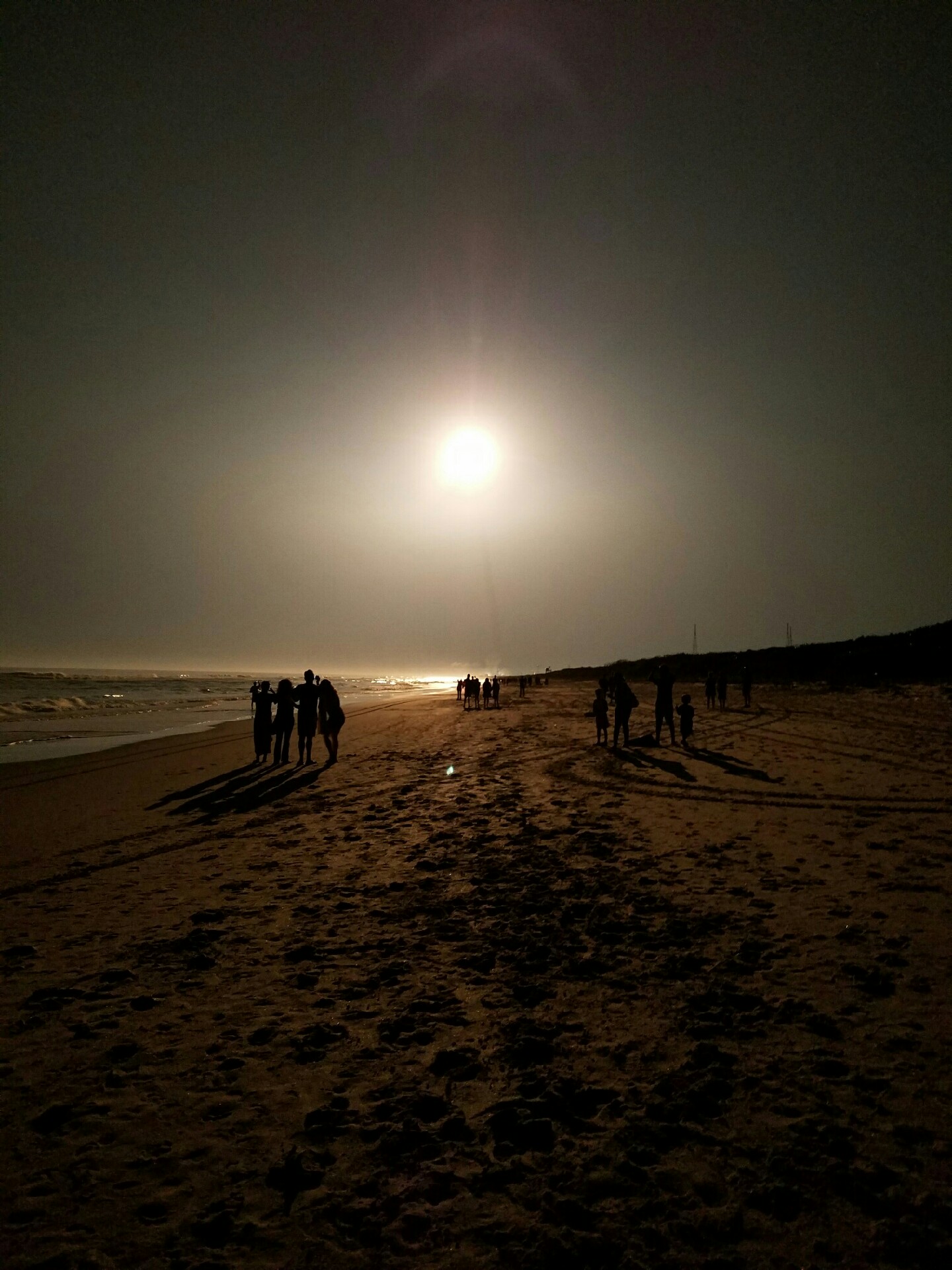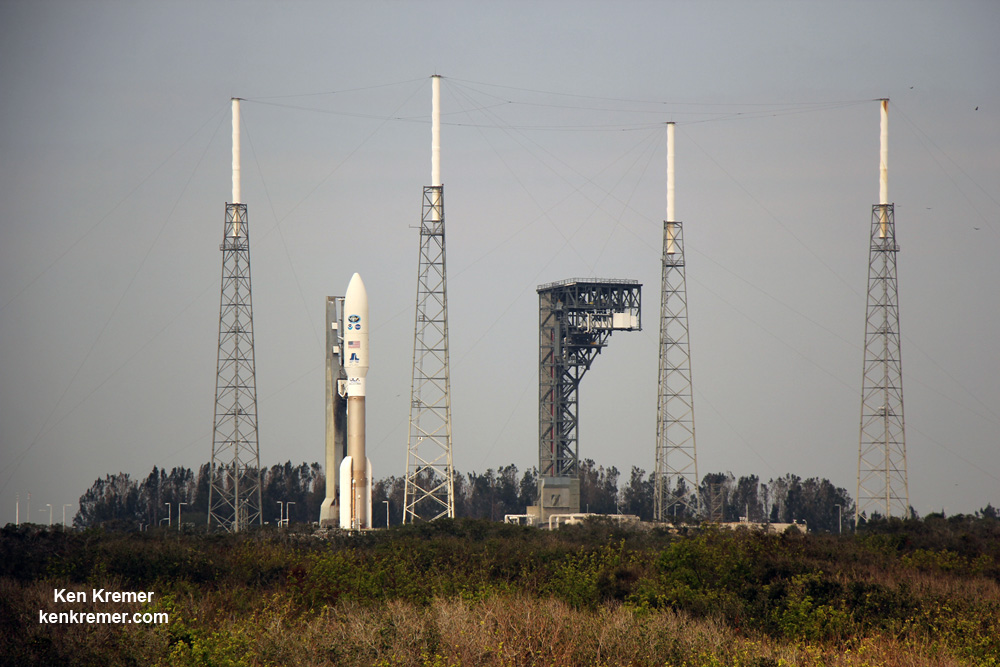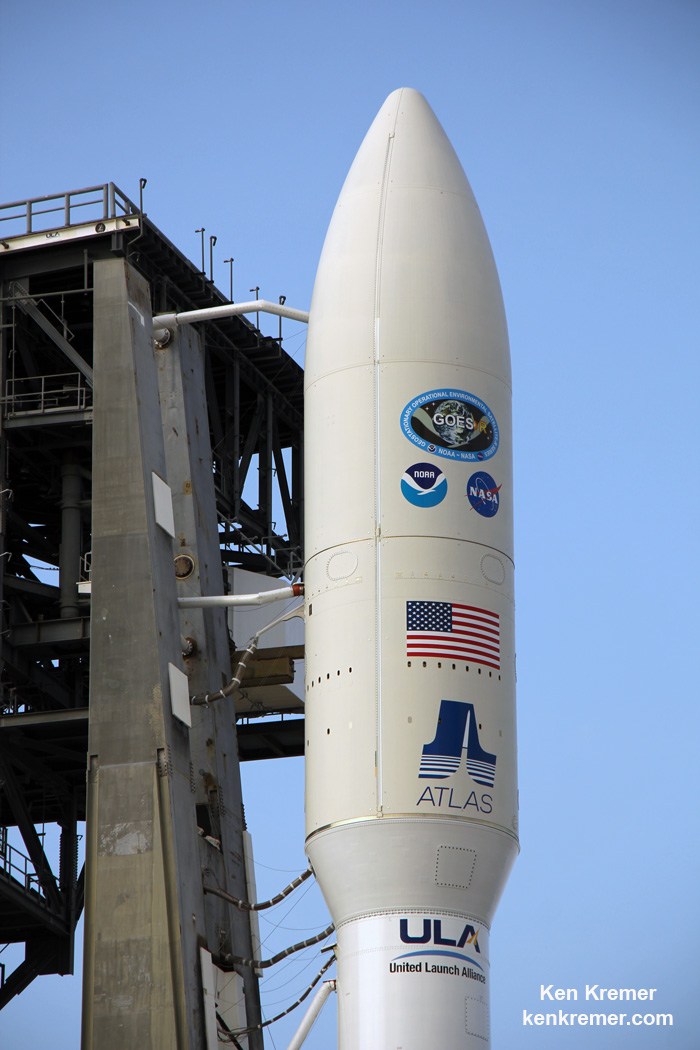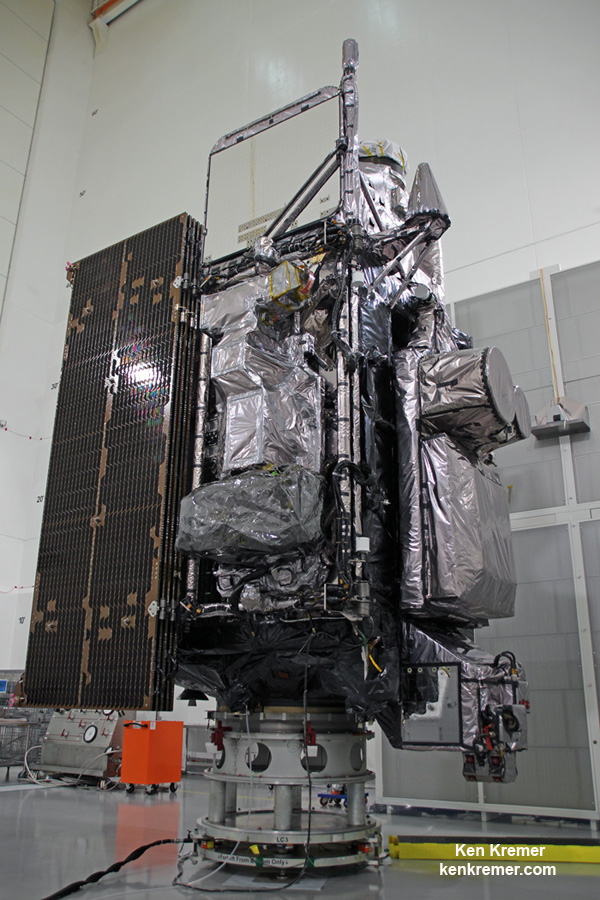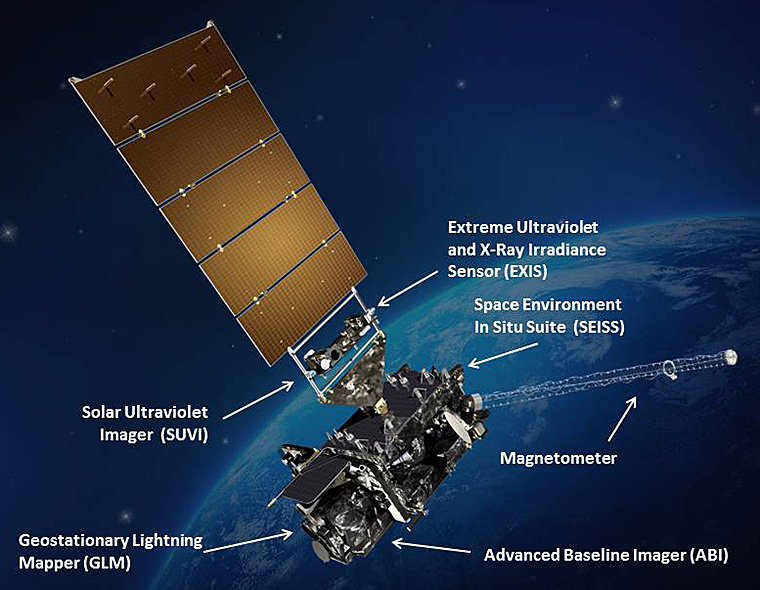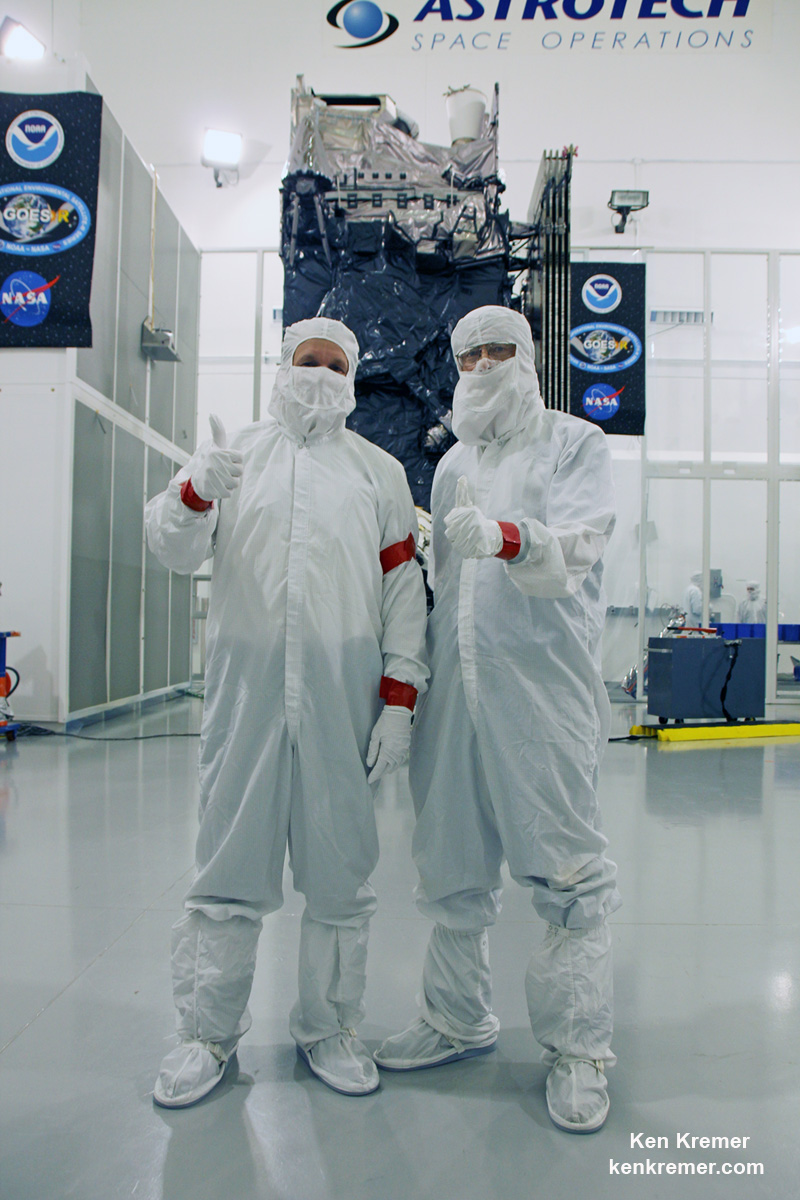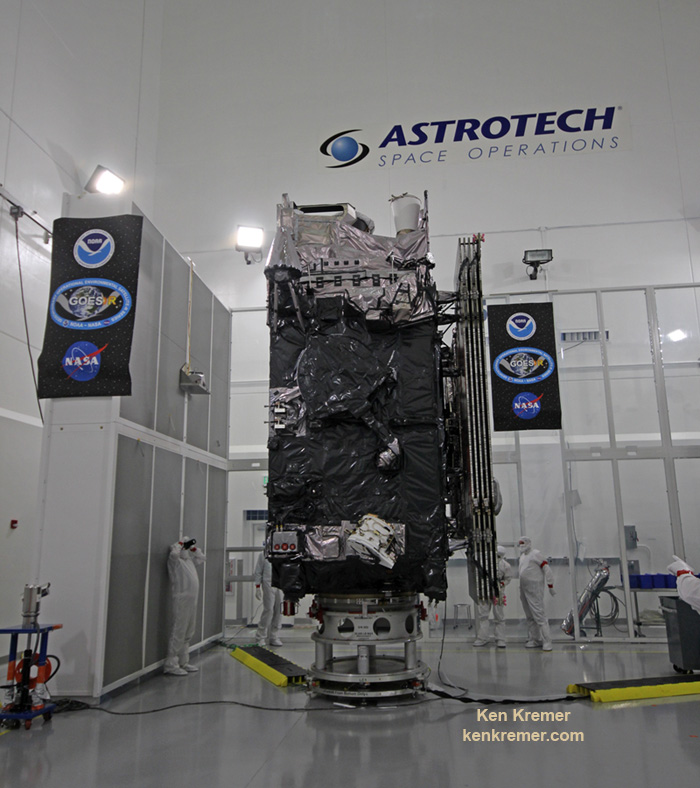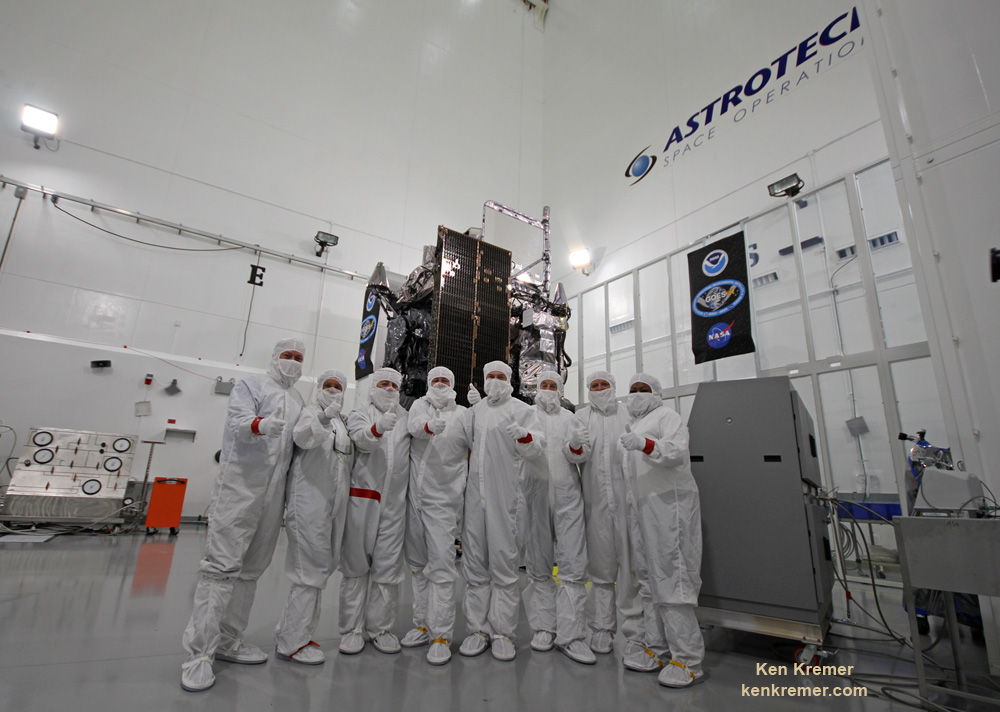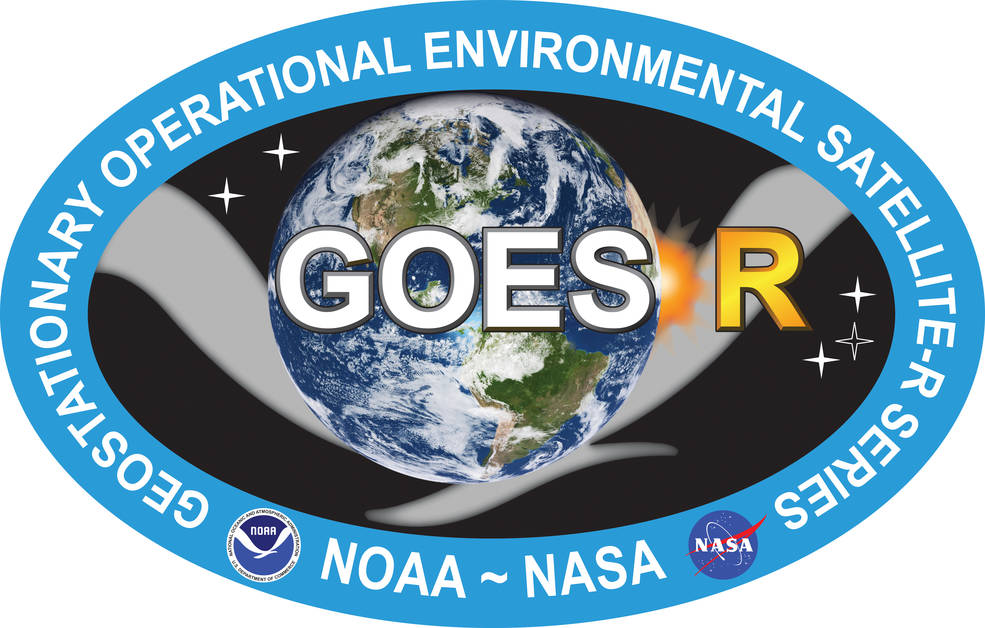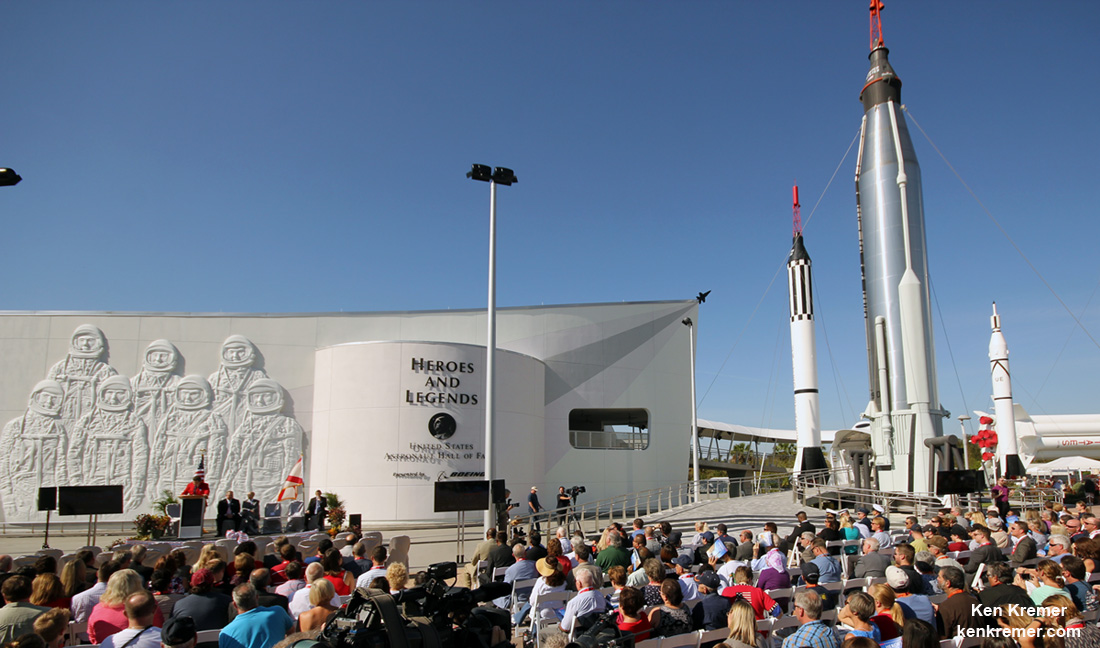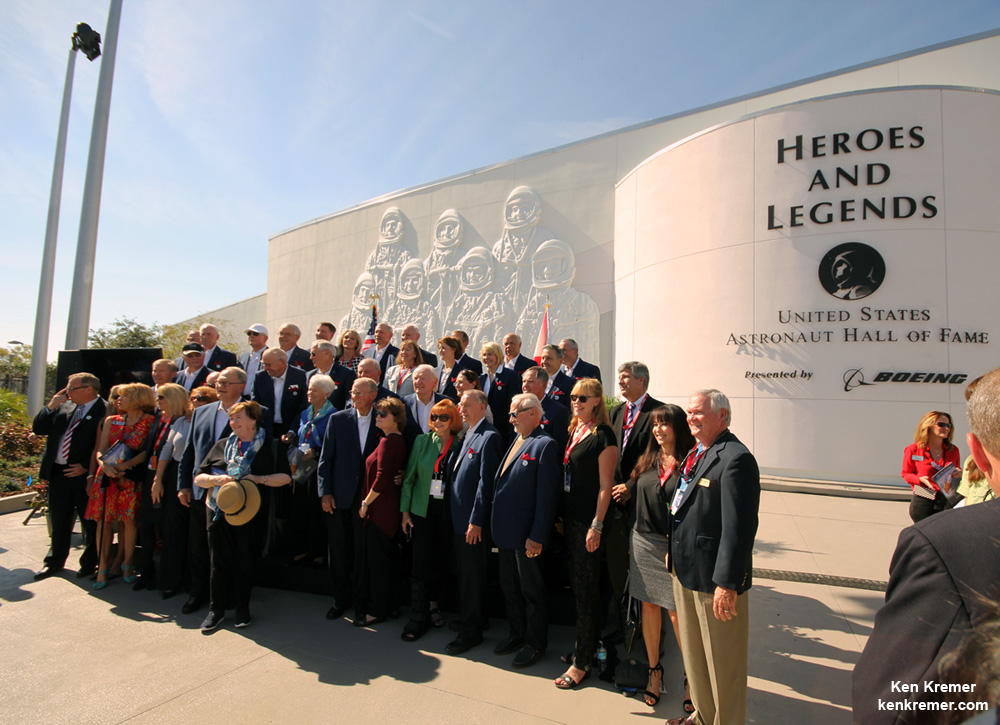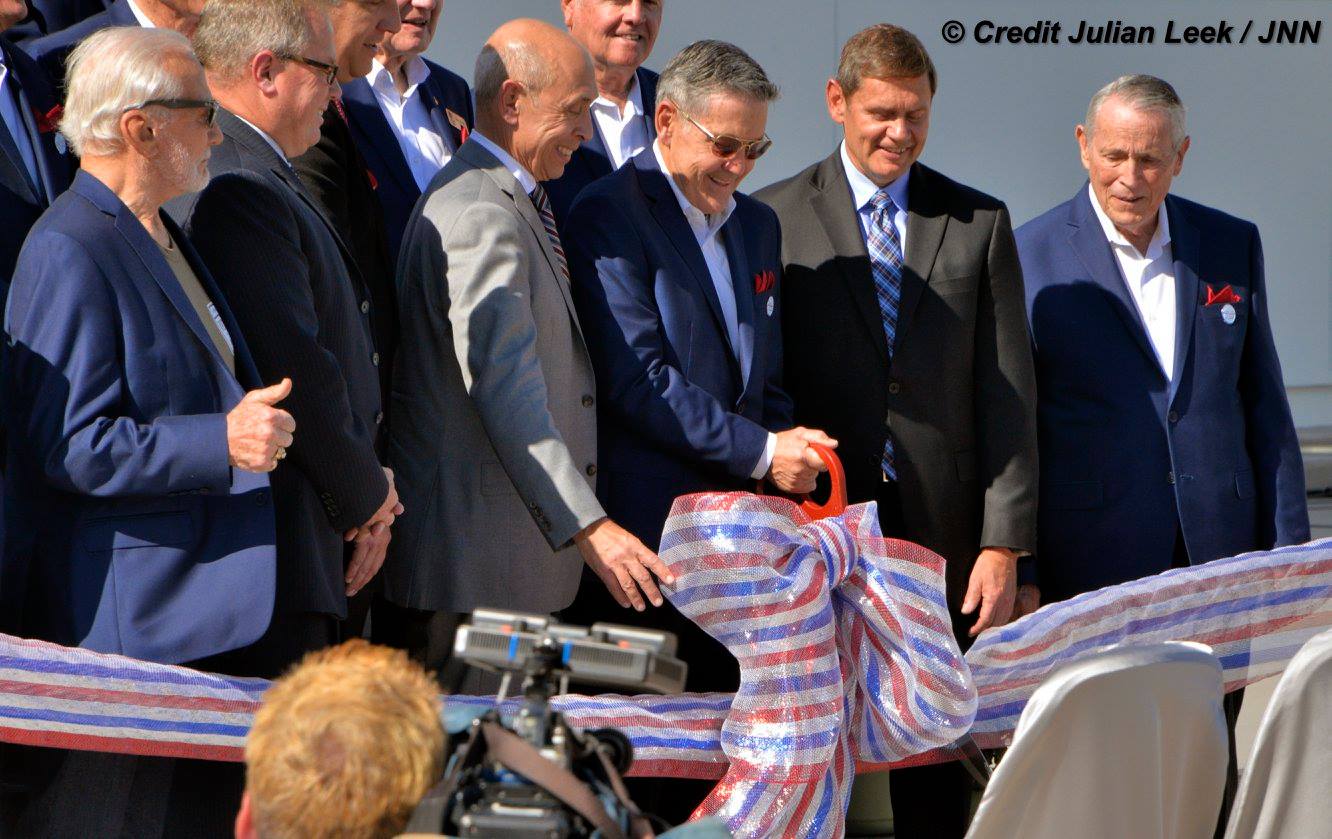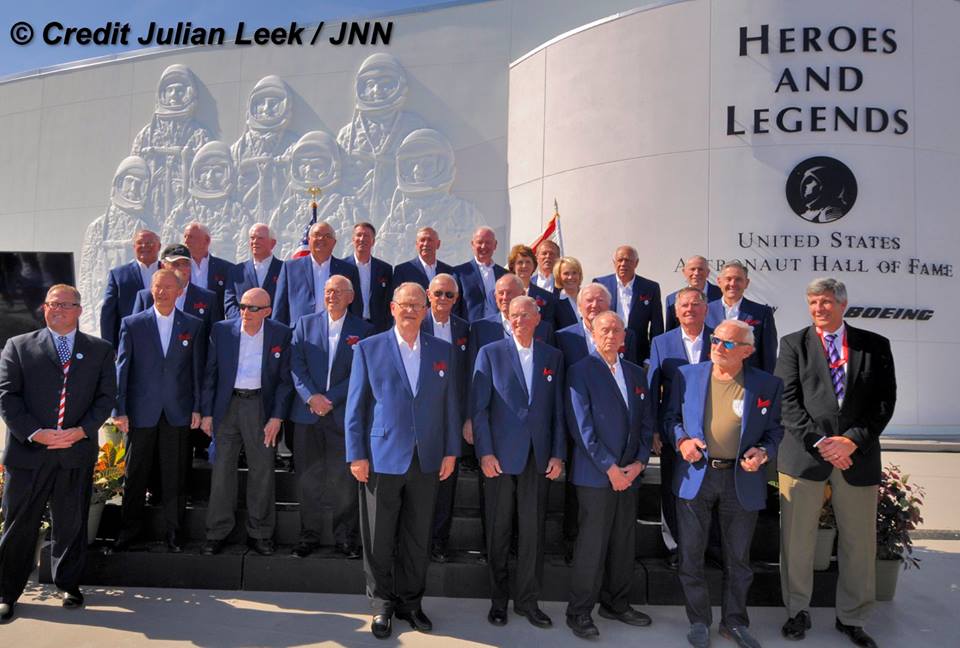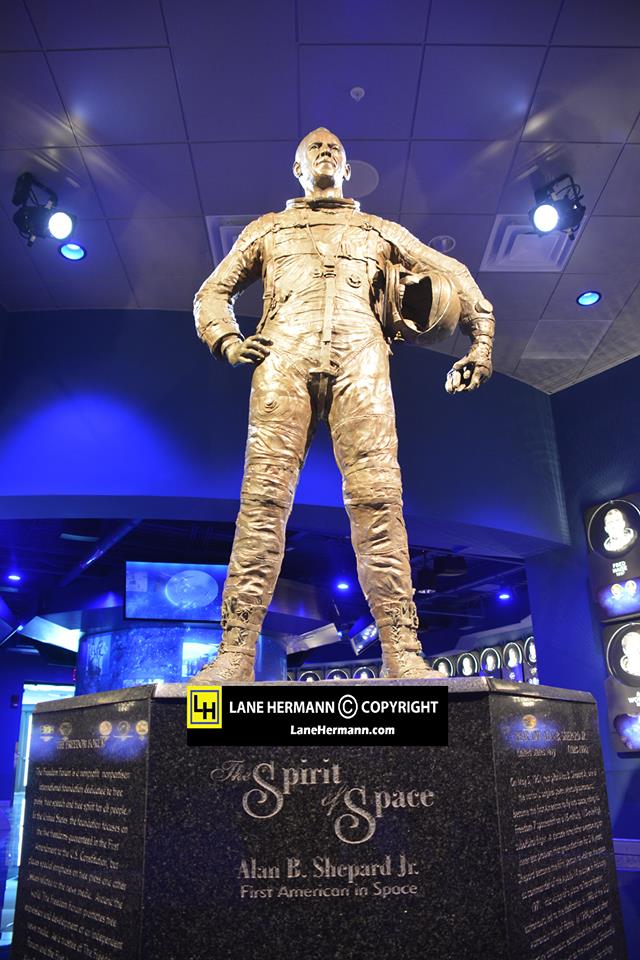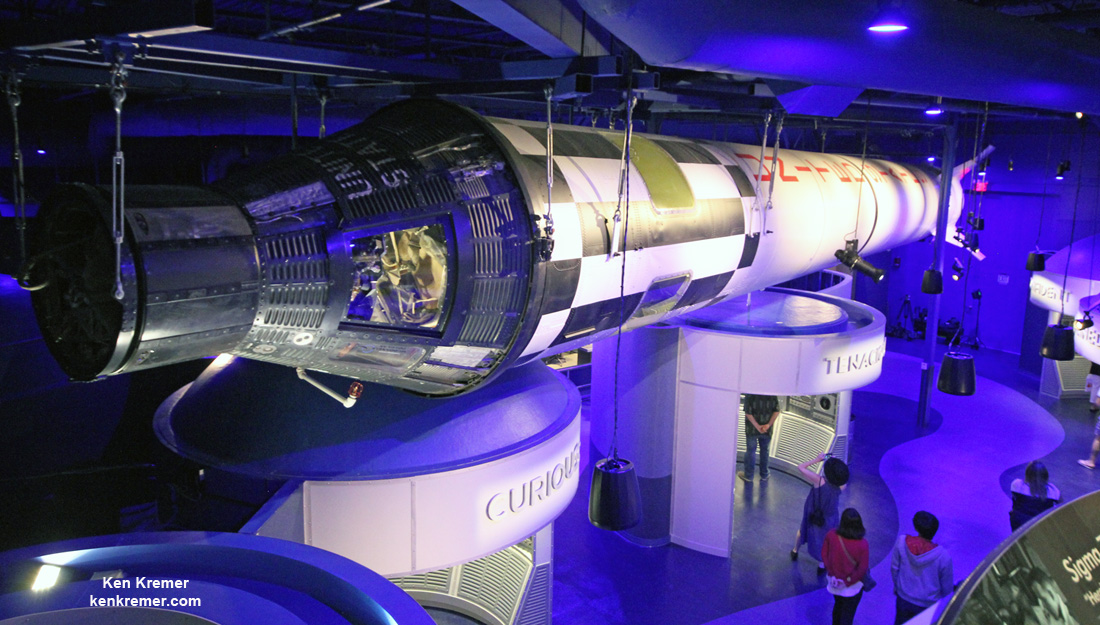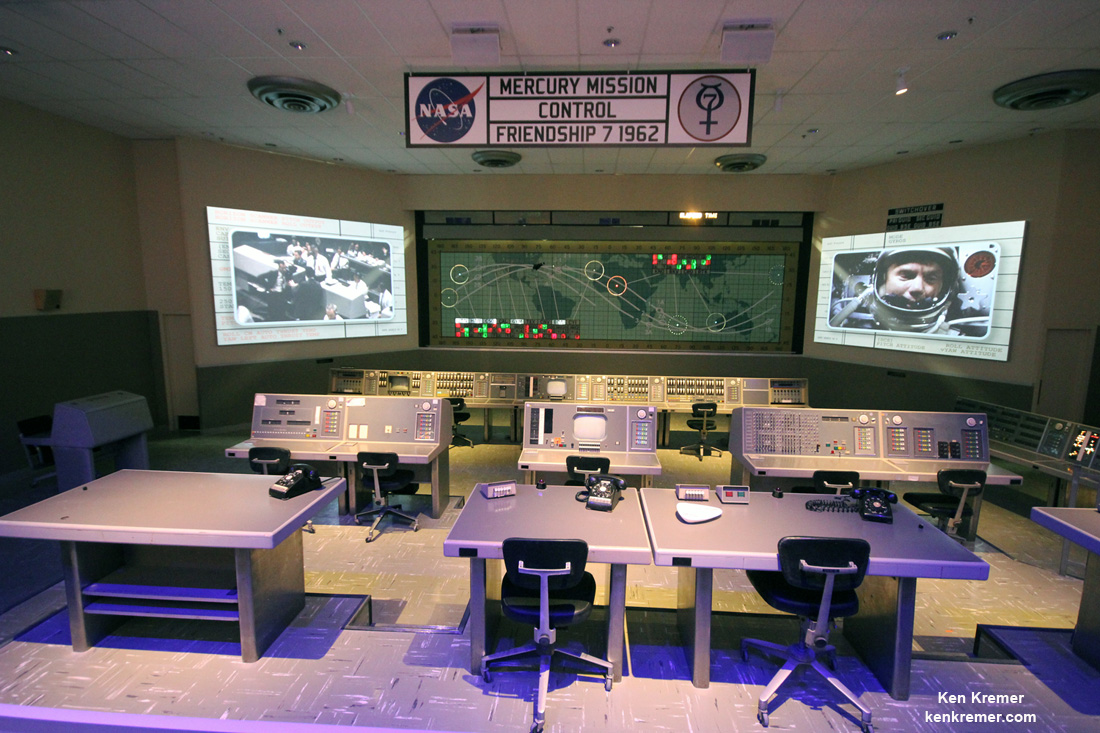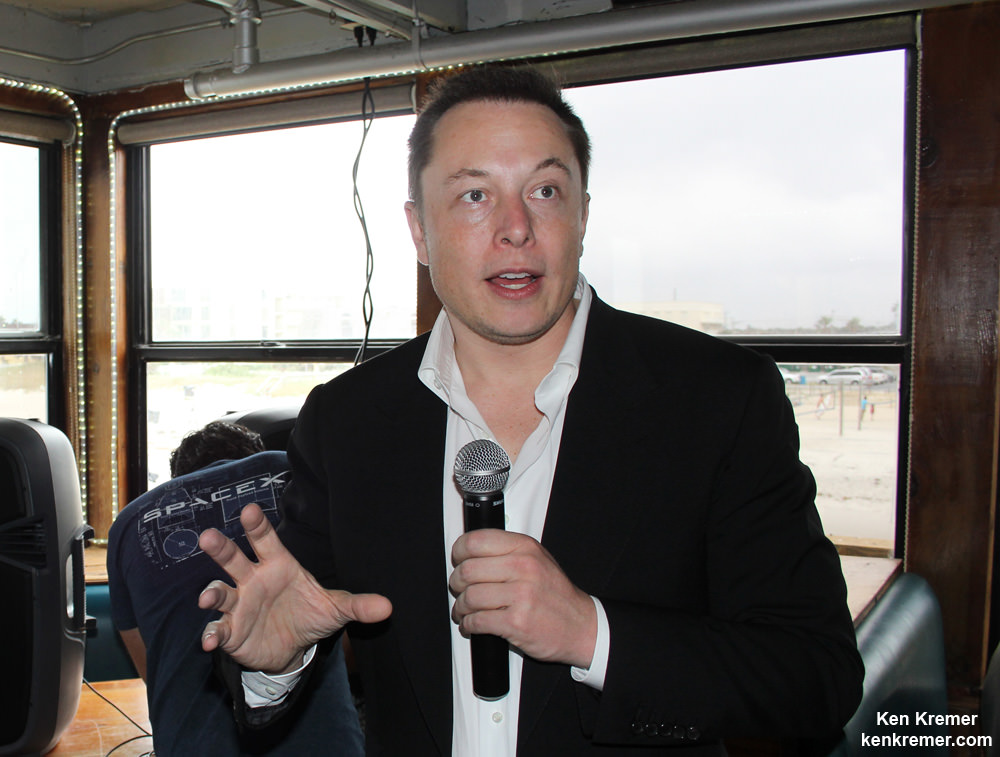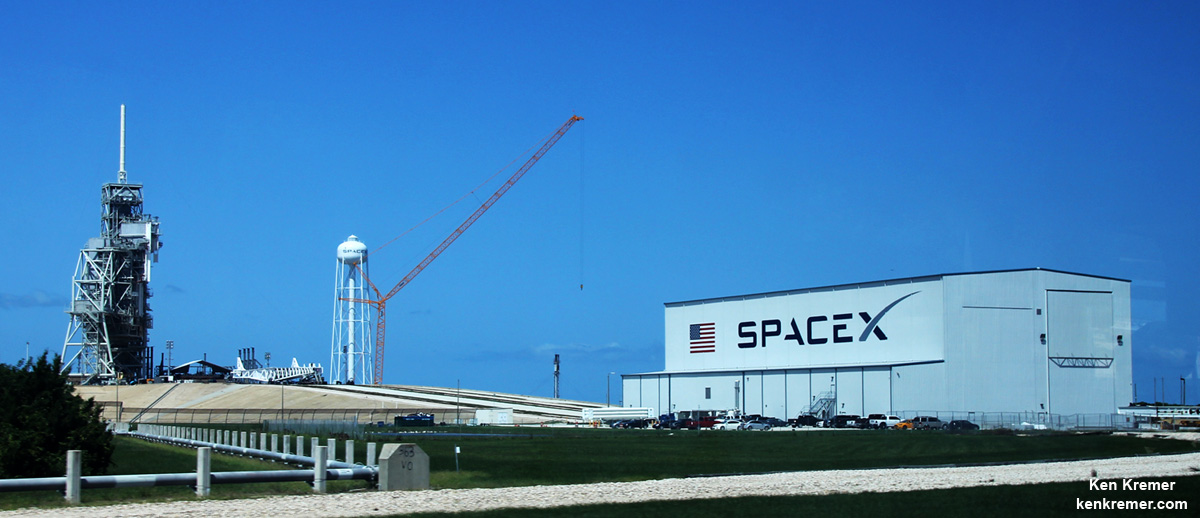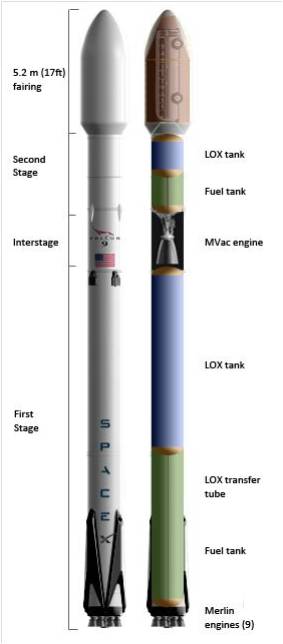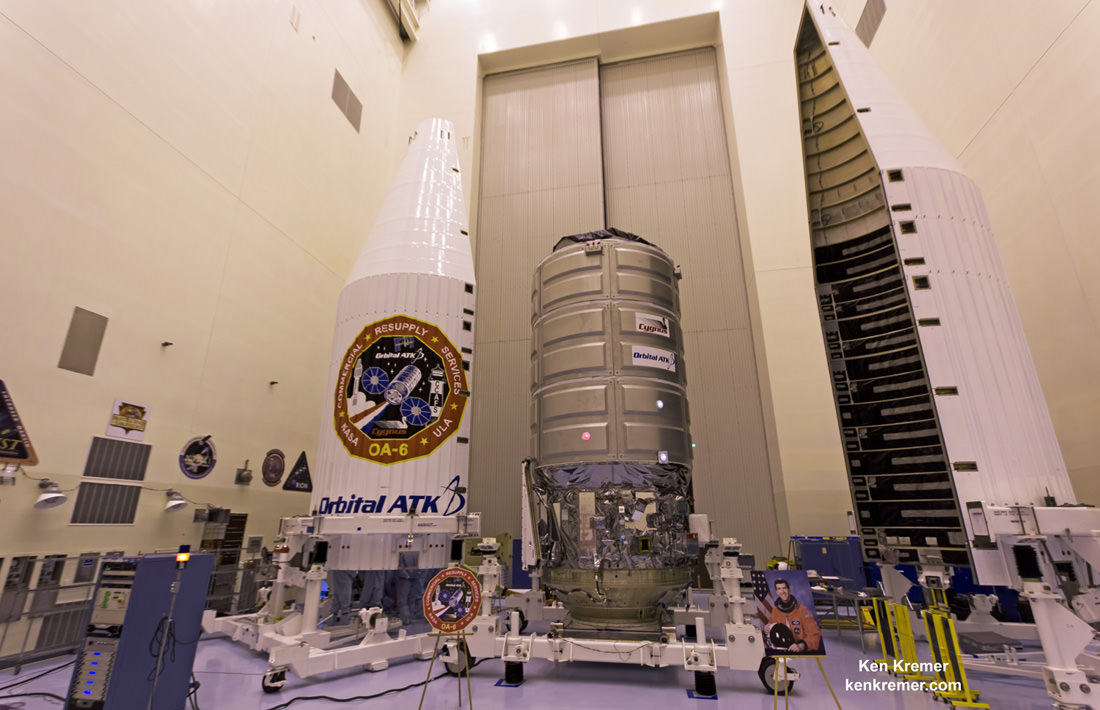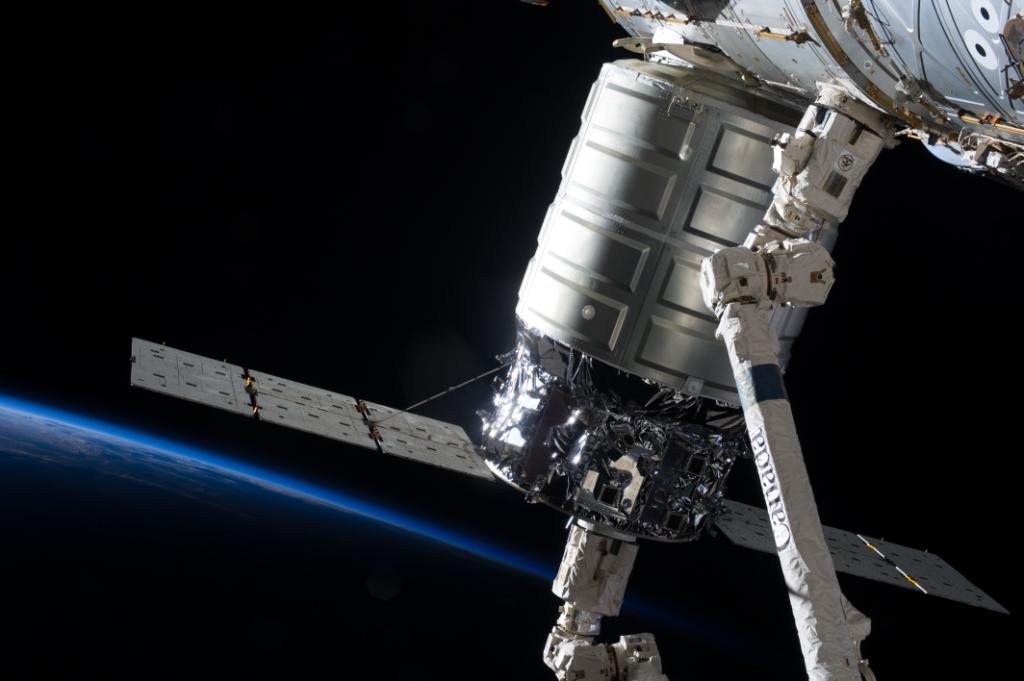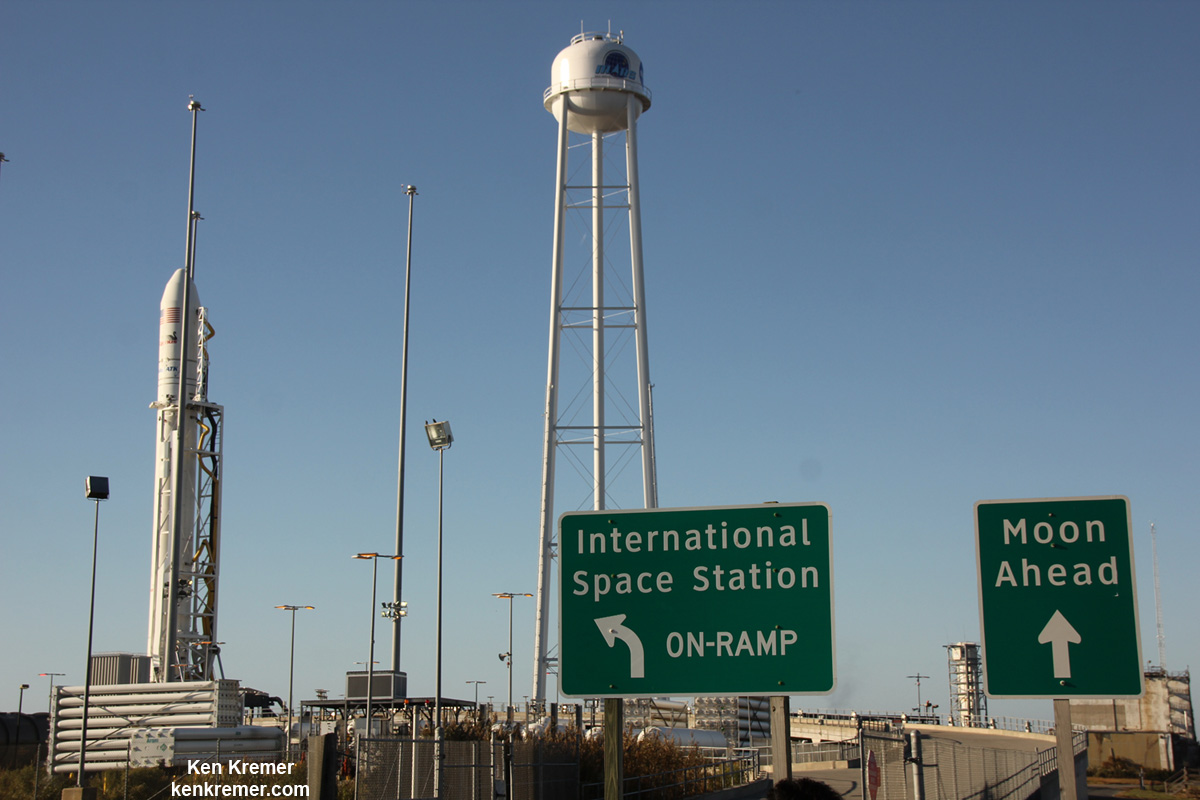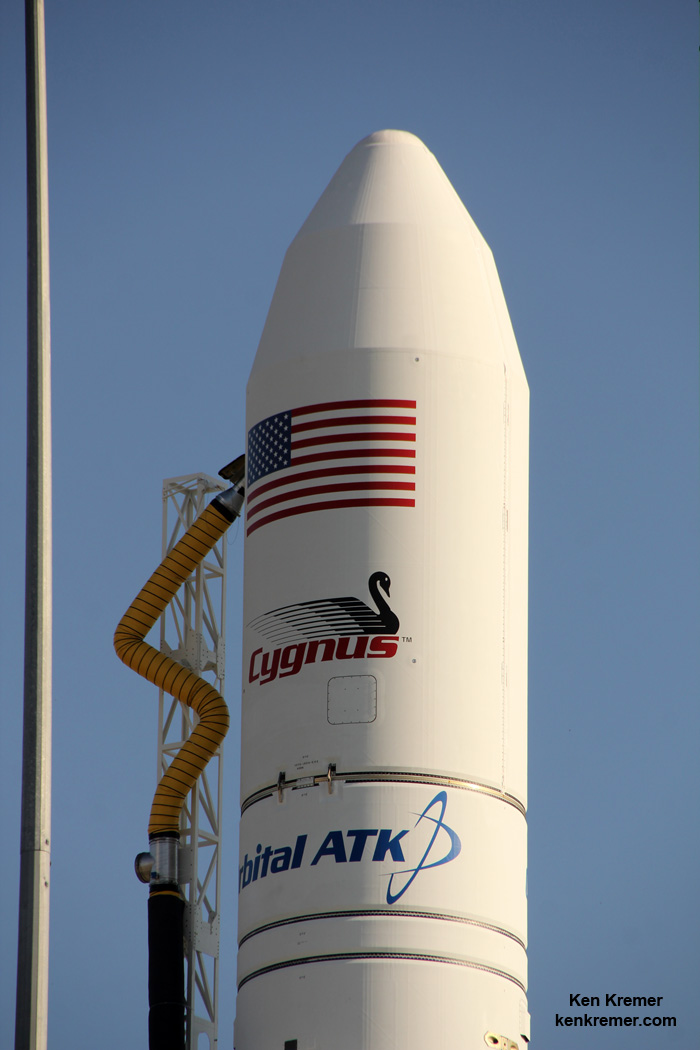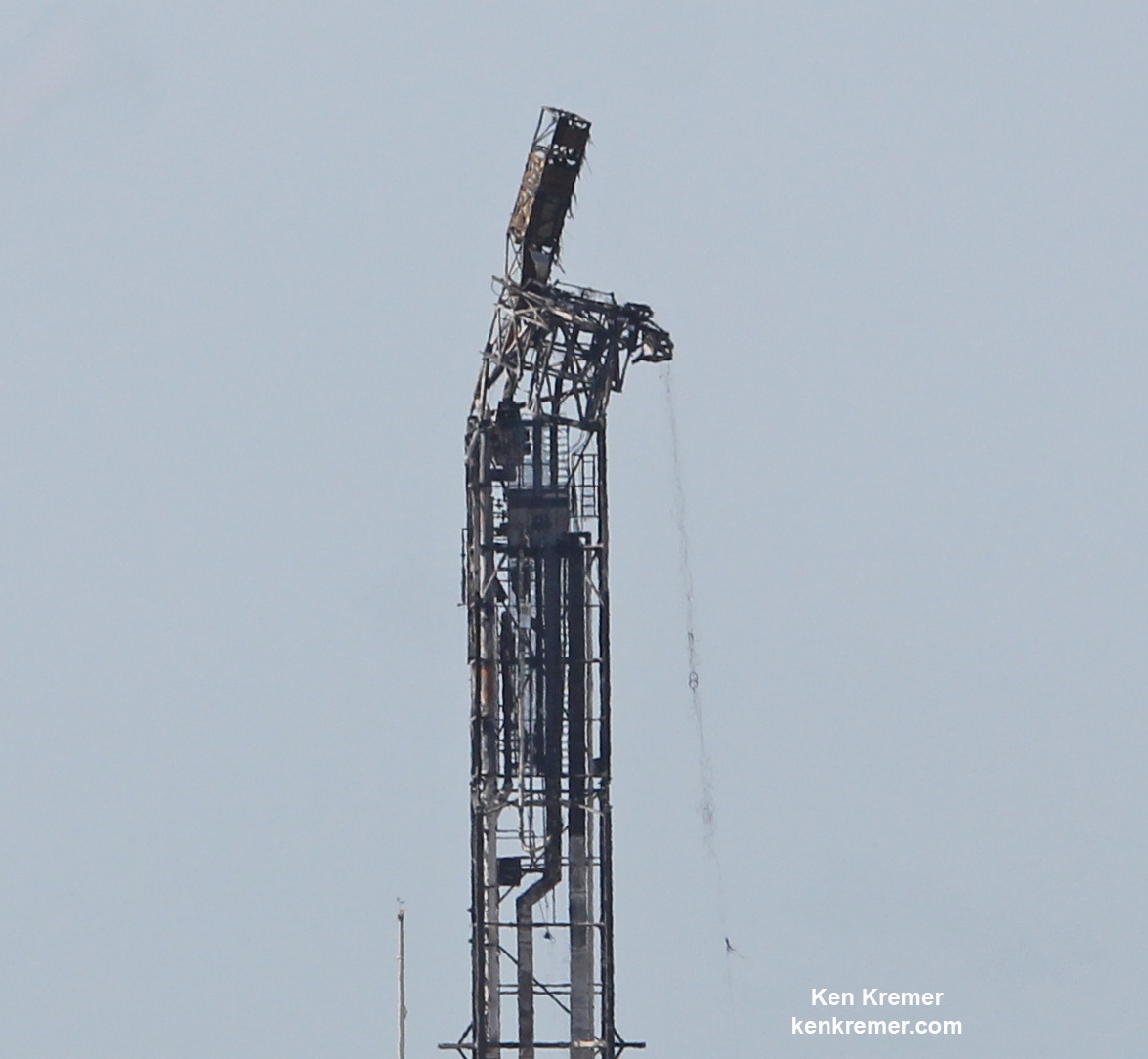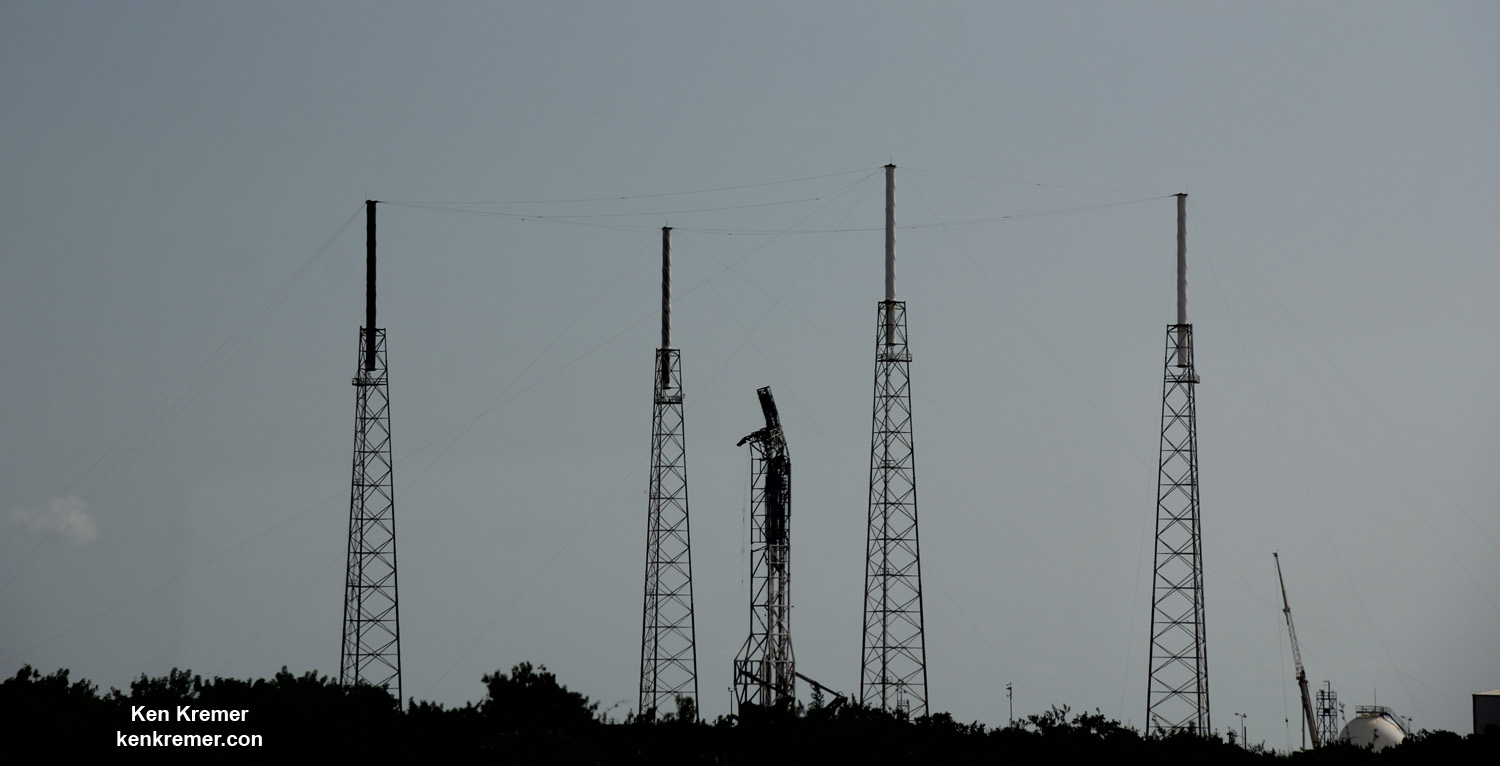
Only three months after the catastrophic launch pad explosion of their commercial Falcon 9 rocket in Florida, SpaceX has set Dec. 16 as the date for the boosters ‘Return to Flight’ launch from California with the first batch of Iridium’s next-generation communications satellites.
Iridium Communications announced on Thursday that the first launch of a slew of its next-generation global satellite constellation, dubbed Iridium NEXT, will launch atop a SpaceX Falcon 9 rocket on December 16, 2016 at 12:36 p.m. PST from SpaceX’s west coast launch pad on Vandenberg Air Force Base in California.
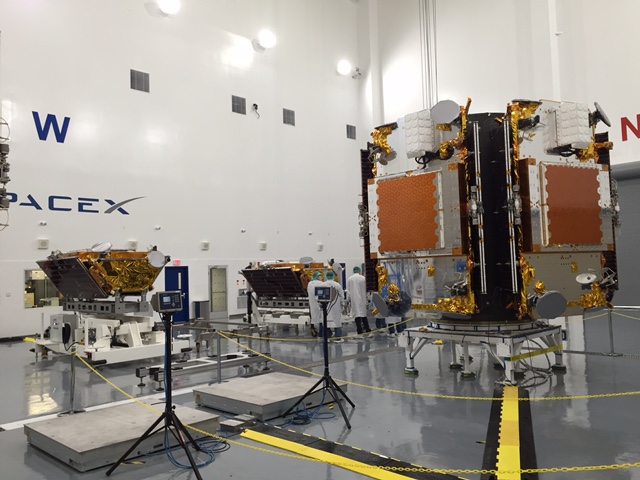
However the launch is dependent on achieving FAA approval for the Falcon 9 launch.
All SpaceX Falcon 9 launches immediately ground to a halt following the colossal eruption of a fireball from the Falcon 9 at the launch pad that suddenly destroyed the rocket and completely consumed its $200 million Israeli Amos-6 commercial payload on Sept. 1 during a routine fueling and planned static fire engine test at Cape Canaveral Air Force Station in Florida.
The explosive anomaly resulted from a “large breach” in the cryogenic helium system of the second stage liquid oxygen tank and subsequent ignition of the highly flammable oxygen propellant.
“This launch is contingent upon the FAA’s approval of SpaceX’s return to flight following the anomaly that occurred on September 1, 2016 at Cape Canaveral Air Force Station, Florida,” Iridium said in a statement.
SpaceX quickly started an investigation to determine the cause of the anomaly that destroyed the rocket and its payload and significantly damaged the infrastructure at launch pad 40.
“The investigation has been conducted with FAA oversight. Iridium expects to be SpaceX’s first return to flight launch customer.”

The goal of the privately contracted mission is to deliver the first 10 Iridium NEXT satellites into low-earth orbit to inaugurate what will be a new constellation of satellites dedicated to mobile voice and data communications.
Iridium eventually plans to launch a constellation of 81 Iridium NEXT satellites into low-earth orbit.
“At least 70 of which will be launched by SpaceX,” per Iridium’s contract with SpaceX.
“We’re excited to launch the first batch of our new satellite constellation. We have remained confident in SpaceX’s ability as a launch partner throughout the Falcon 9 investigation,” said Matt Desch, chief executive officer at Iridium, in a statement.
“We are grateful for their transparency and hard work to plan for their return to flight. We are looking forward to the inaugural launch of Iridium NEXT, and what will begin a new chapter in our history.”
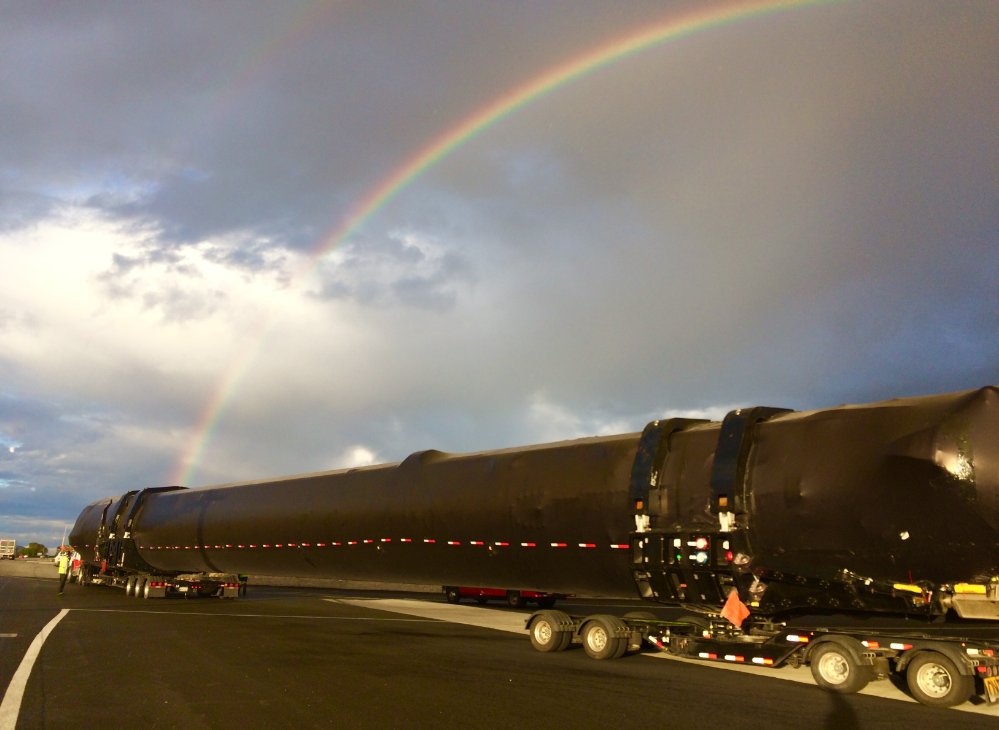
Altogether seven Falcon 9 launches will be required to deploy the constellation of 70 Iridium NEXT satellites by early 2018, if all goes well.
The initial batch of Iridium NEXT satellites for this launch began arriving at SpaceX’s Vandenberg AFB satellite processing facility in early August 2016. They were built by Orbital ATK.
Following up on earlier statements by SpaceX President Gwynne Shotwell, SpaceX founder and CEO Elon Musk had said in a televised CNBC interview on Nov. 4 that the firm was aiming to resume launches of the booster in mid-December.
“We are looking forward to return to flight with the first Iridium NEXT launch,” said Gwynne Shotwell, president and chief operating officer of SpaceX.
“Iridium has been a great partner for nearly a decade, and we appreciate their working with us to put their first 10 Iridium NEXT satellites into orbit.”

Musk said the Sept 1 explosion at pad 40 was related to some type of interaction between the liquid helium bottles , carbon composites and solidification of the liquid oxygen propellant in the SpaceX Falcon 9 second stage.
“It basically involves a combination of liquid helium, advanced carbon fiber composites, and solid oxygen, Musk elaborated to CNBC.
“Oxygen so cold that it enters the solid phase.”
The explosion took place without warning as liquid oxygen and RP-1 propellants were being loaded into the second stage of the 229-foot-tall (70-meter) Falcon 9 during a routine fueling test and engine firing test at SpaceX’s Space Launch Complex-40 launch facility at approximately 9:07 a.m. EDT on Sept. 1 on Cape Canaveral Air Force Station, Fl.
But the rocket blew up during the fueling operations and the SpaceX launch team never even got to the point of igniting the first stage engines for the static fire test.
Pad 40 is out of action until extensive repairs and testing are completed.
The Sept. 1 calamity was the second Falcon 9 failure within 15 months time and called into question the rockets overall reliability.
The first Falcon 9 failure involved a catastrophic mid air explosion about two and a half minutes after liftoff, during the Dragon CRS-9 cargo resupply launch for NASA to the International Space Station on June 28, 2015 – and witnessed by this author.
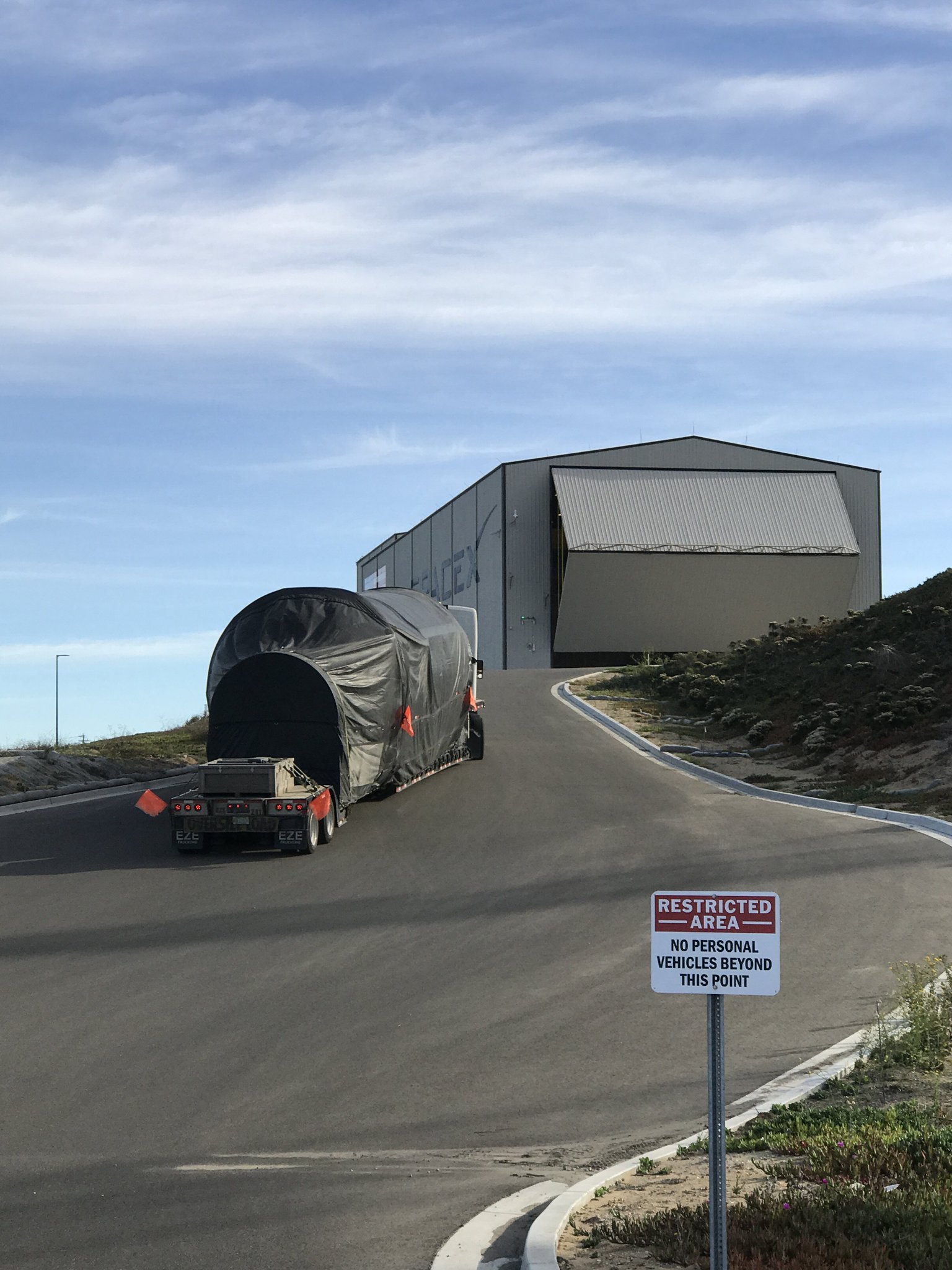
SpaceX maintains launch pads on both the US East and West coasts.
On the Florida Space Coast, SpaceX plans to initially resume launches at the Kennedy Space Center (KSC) from pad 39A, the former shuttle pad that SpaceX has leased from NASA, while pad 40 is repaired and refurbished.
KSC launches could start as soon as early January 2017 with the EchoStar 23 communications satellite.
Stay tuned here for Ken’s continuing Earth and Planetary science and human spaceflight news.
………….
Learn more about ULA Delta 4 launch on Dec 7, GOES-R weather satellite, Heroes and Legends at KSCVC, OSIRIS-REx, InSight Mars lander, ULA, SpaceX and Orbital ATK missions, Juno at Jupiter, SpaceX AMOS-6 & CRS-9 rocket launch, ISS, ULA Atlas and Delta rockets, Orbital ATK Cygnus, Boeing, Space Taxis, Mars rovers, Orion, SLS, Antares, NASA missions and more at Ken’s upcoming outreach events:
Dec 5-7: “ULA Delta 4 Dec 7 launch, GOES-R weather satellite launch, OSIRIS-Rex, SpaceX and Orbital ATK missions to the ISS, Juno at Jupiter, ULA Delta 4 Heavy spy satellite, SLS, Orion, Commercial crew, Curiosity explores Mars, Pluto and more,” Kennedy Space Center Quality Inn, Titusville, FL, evenings

